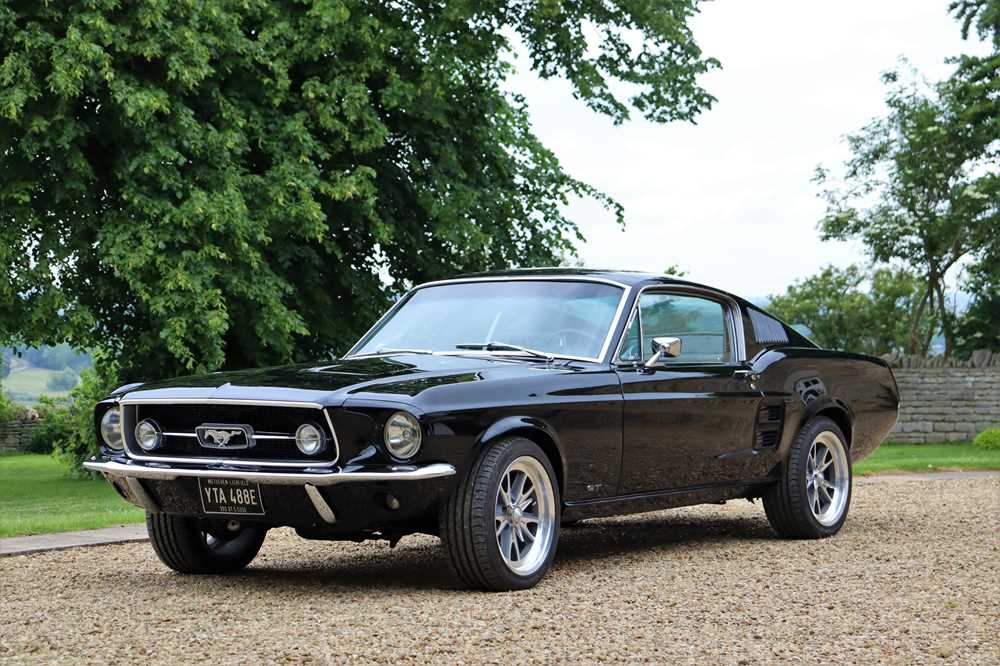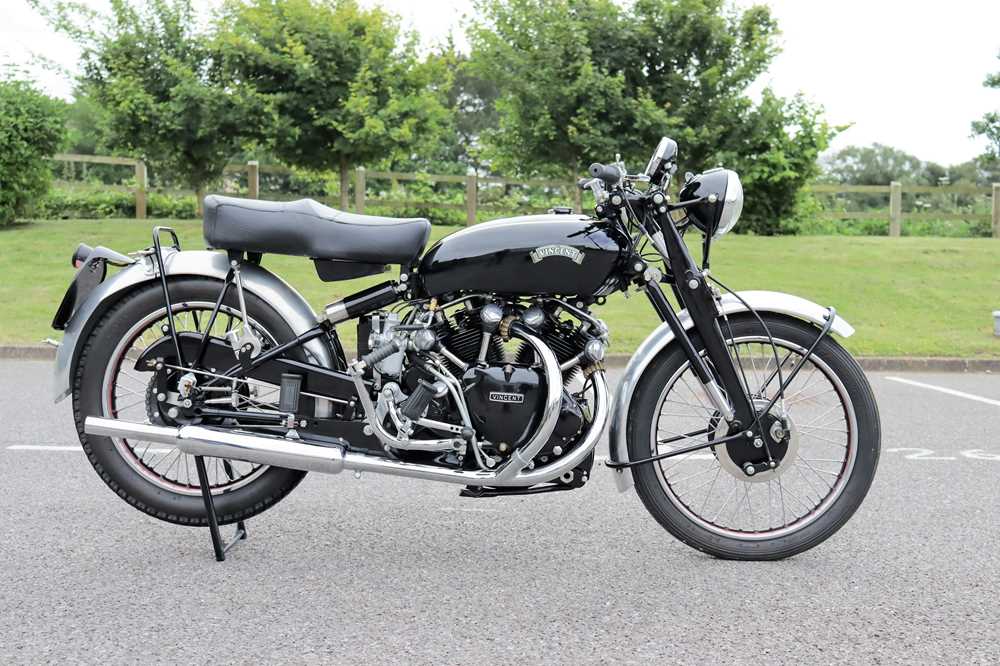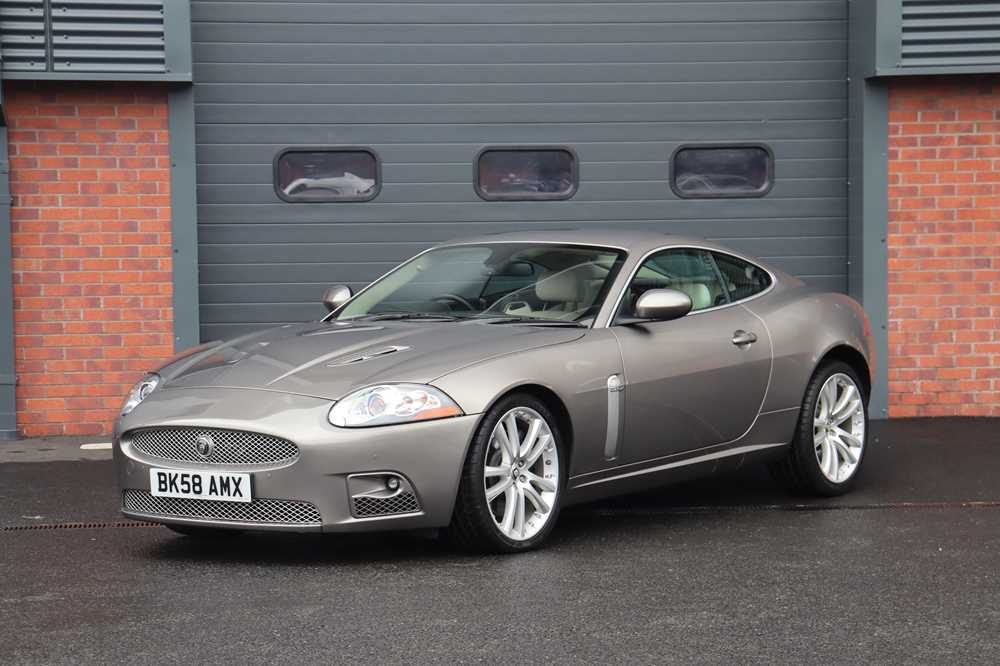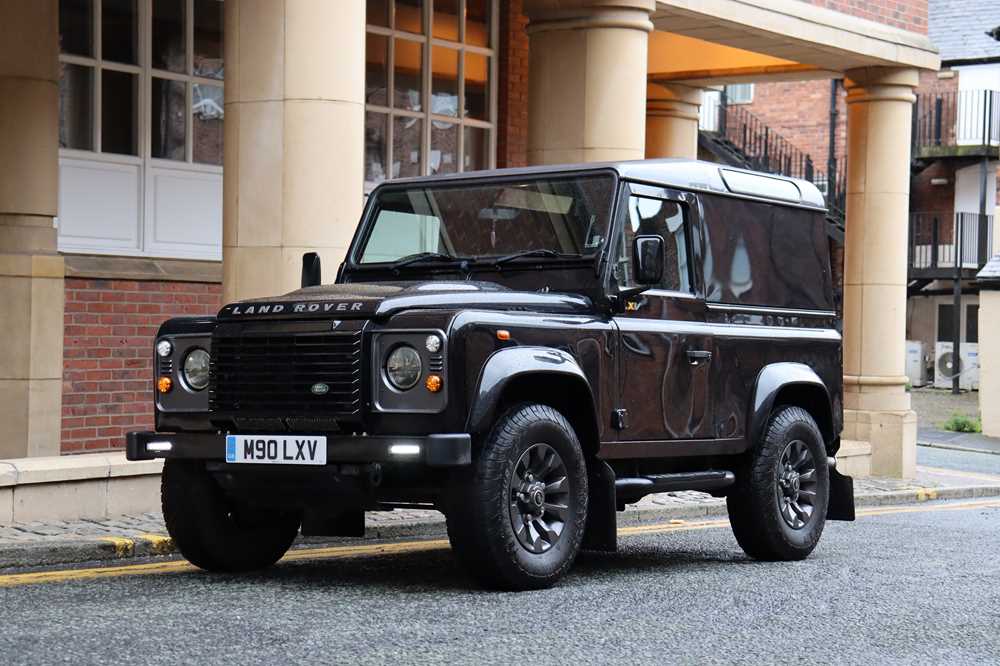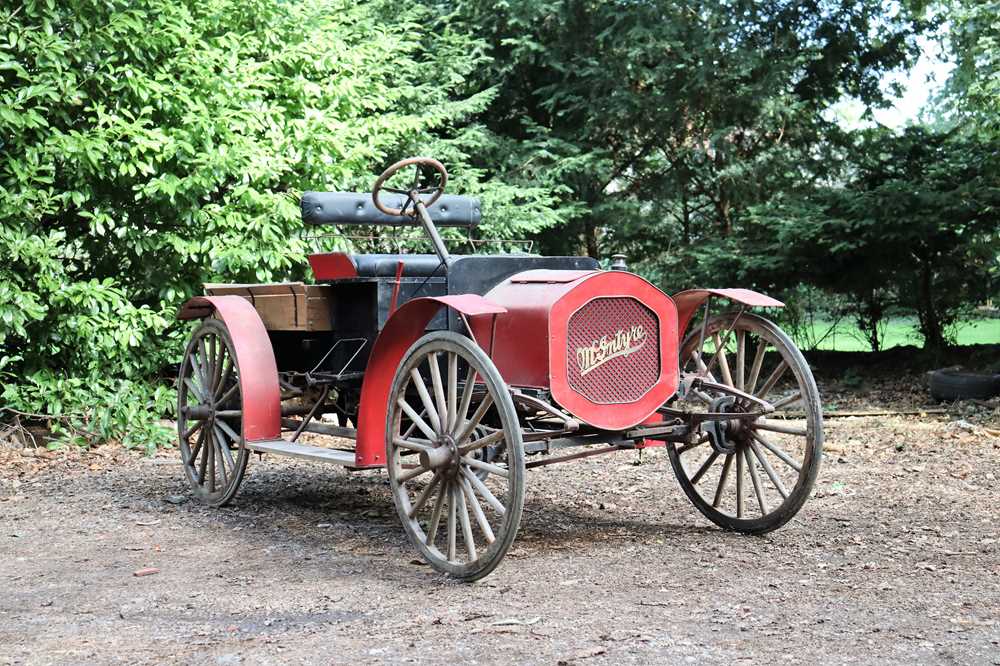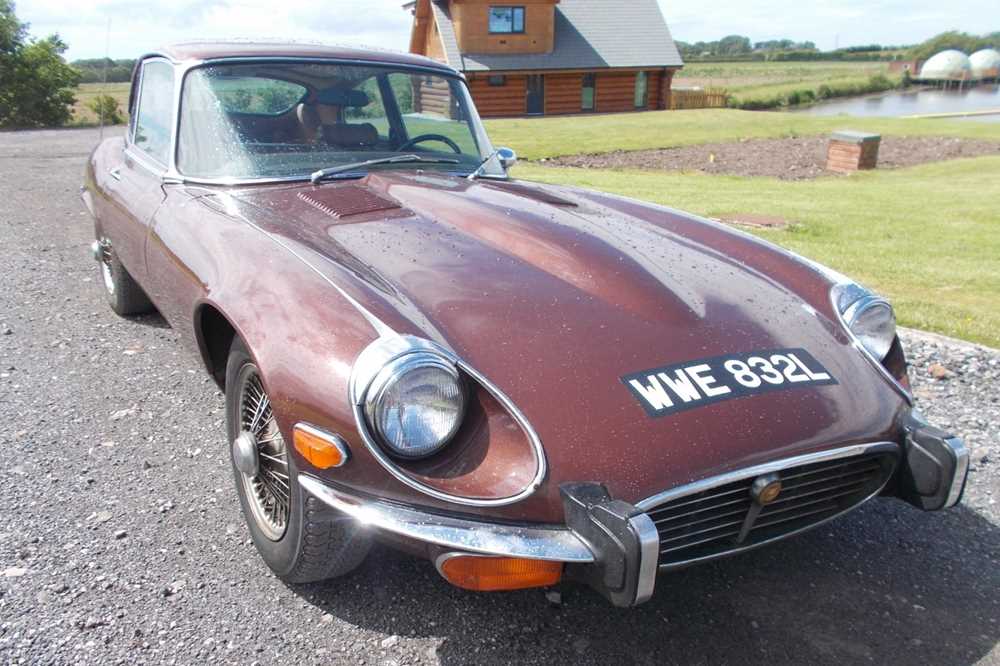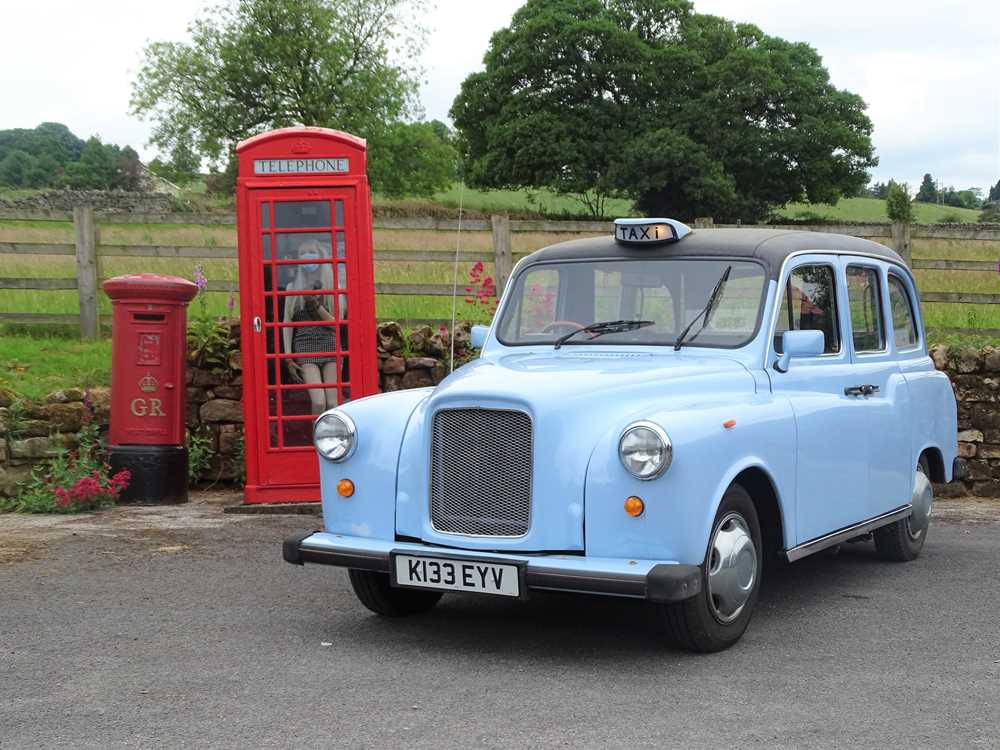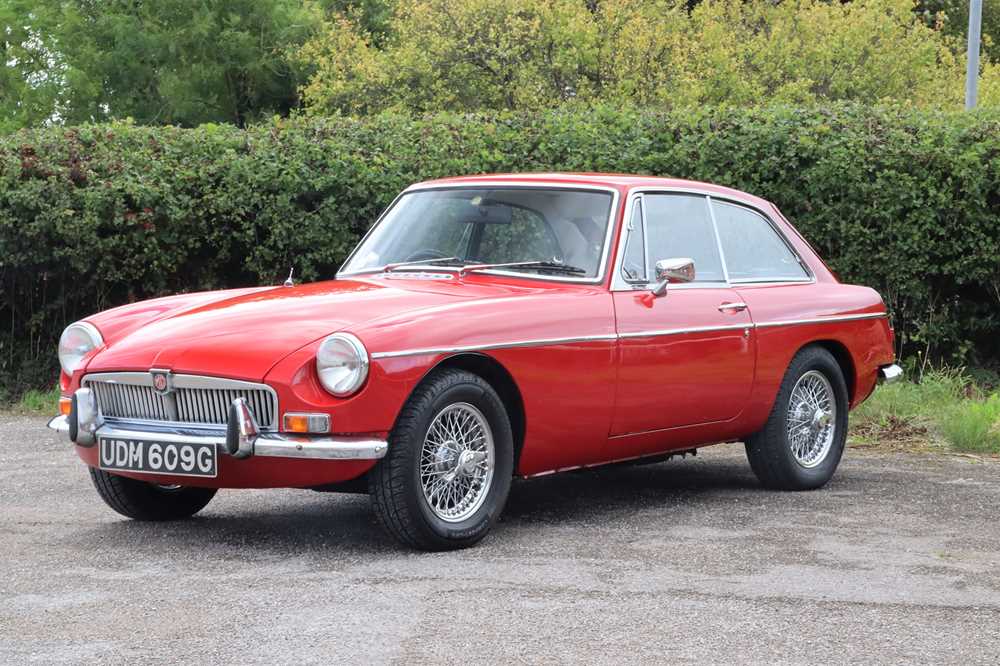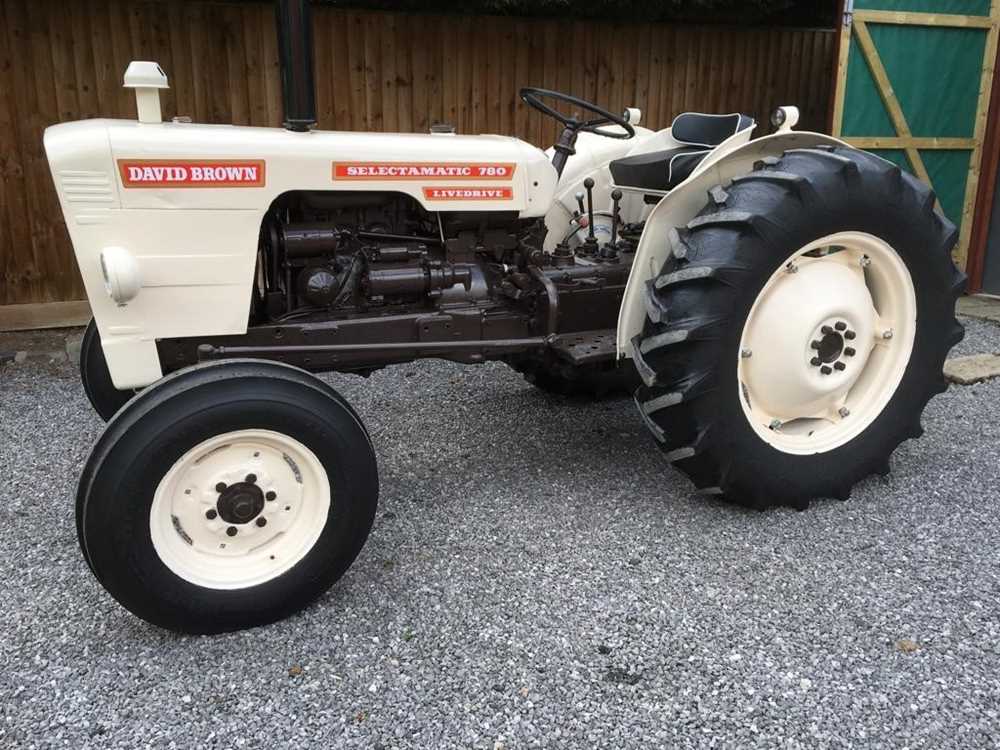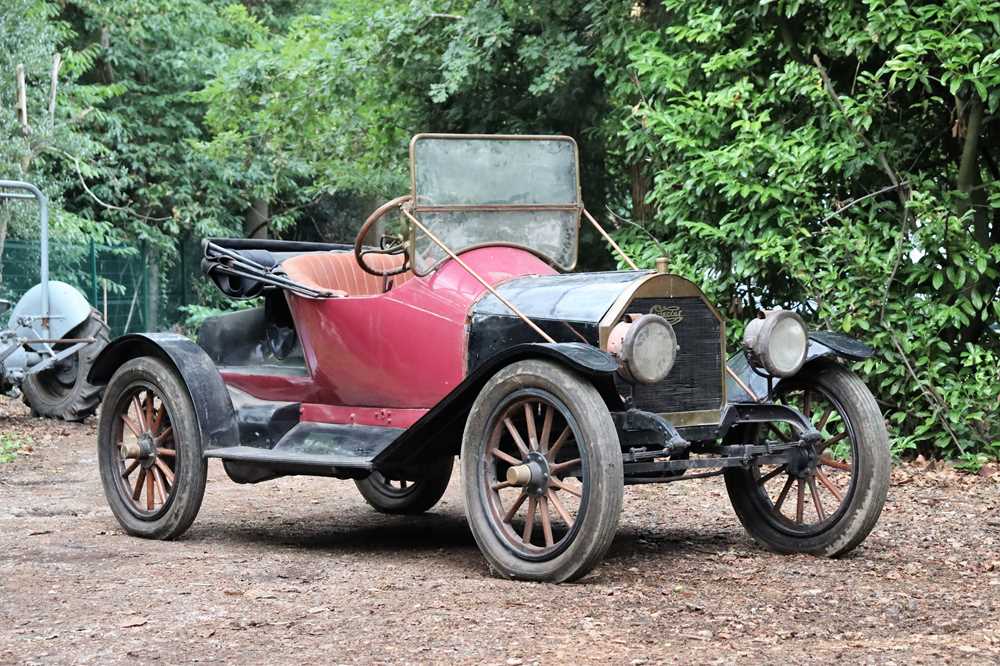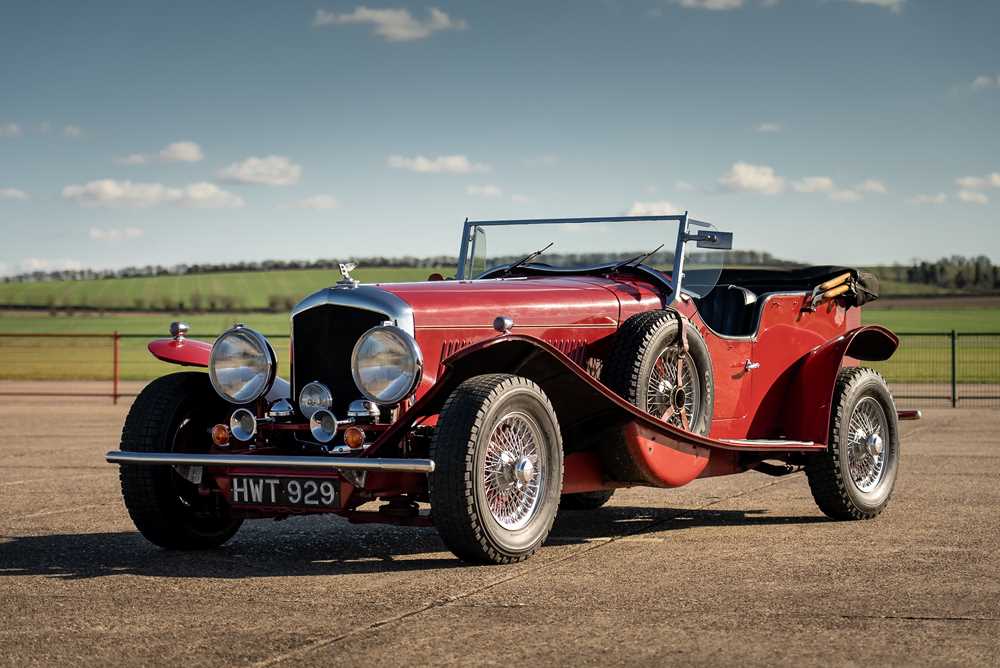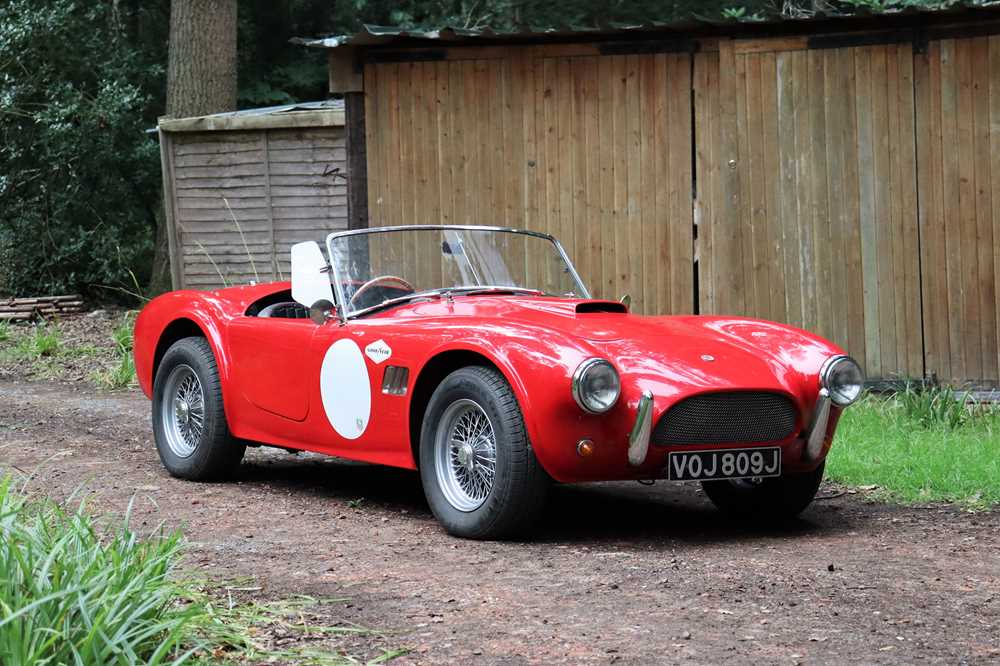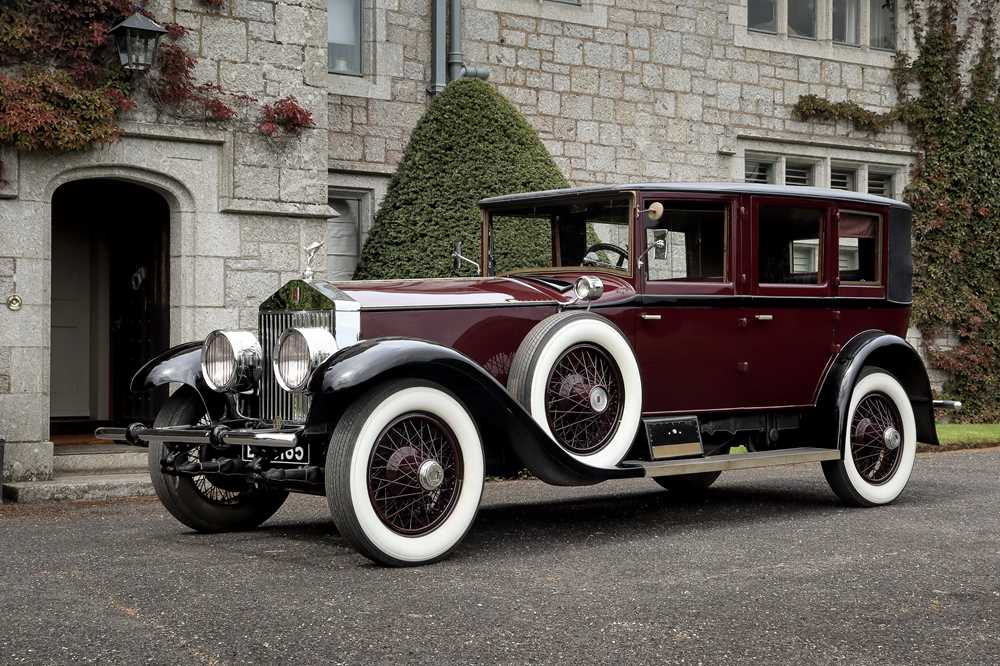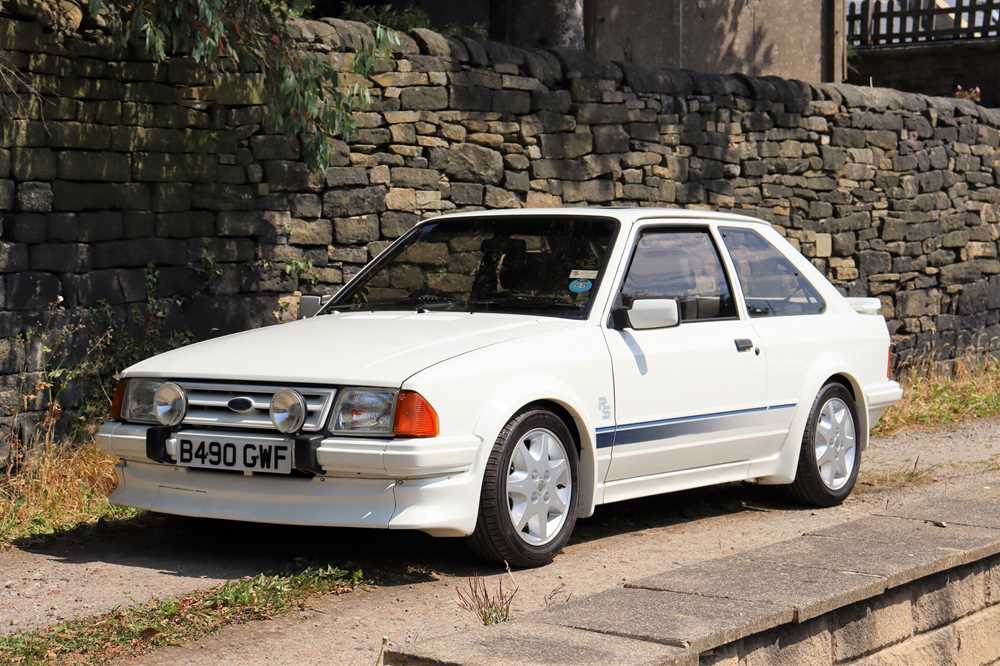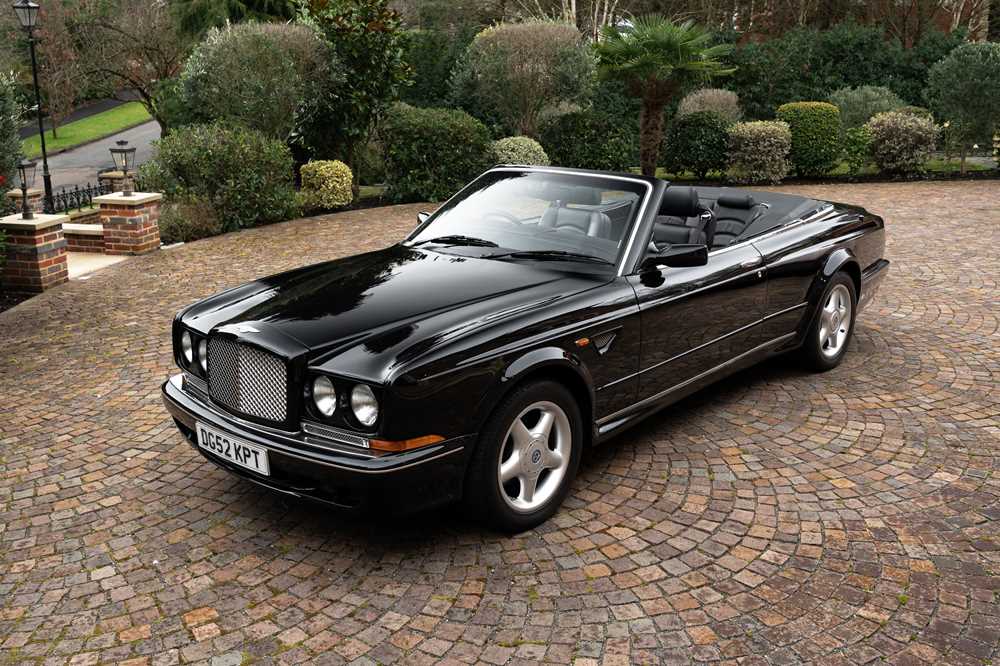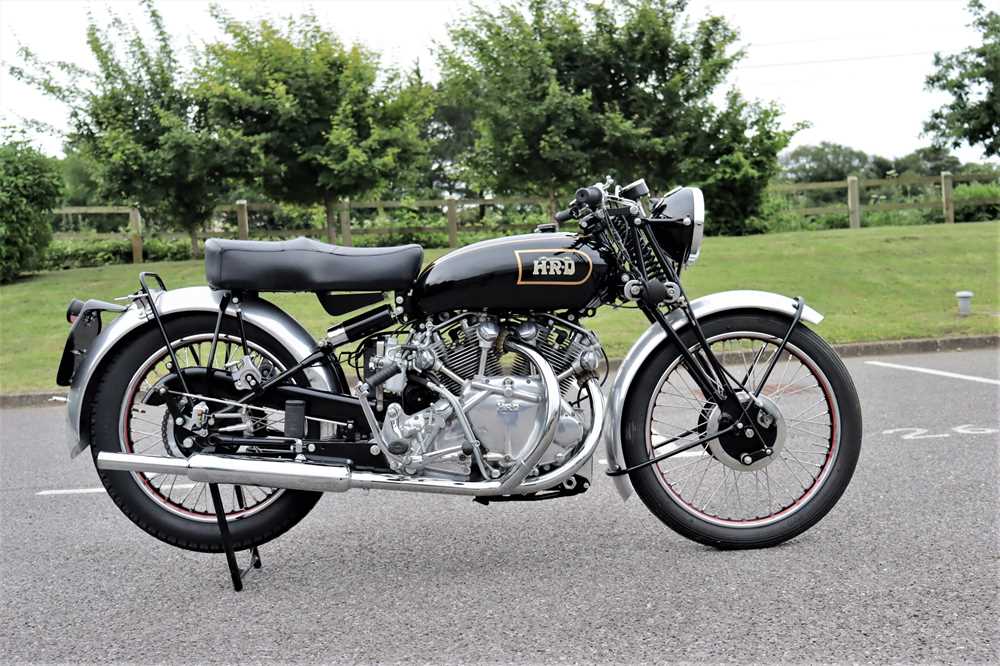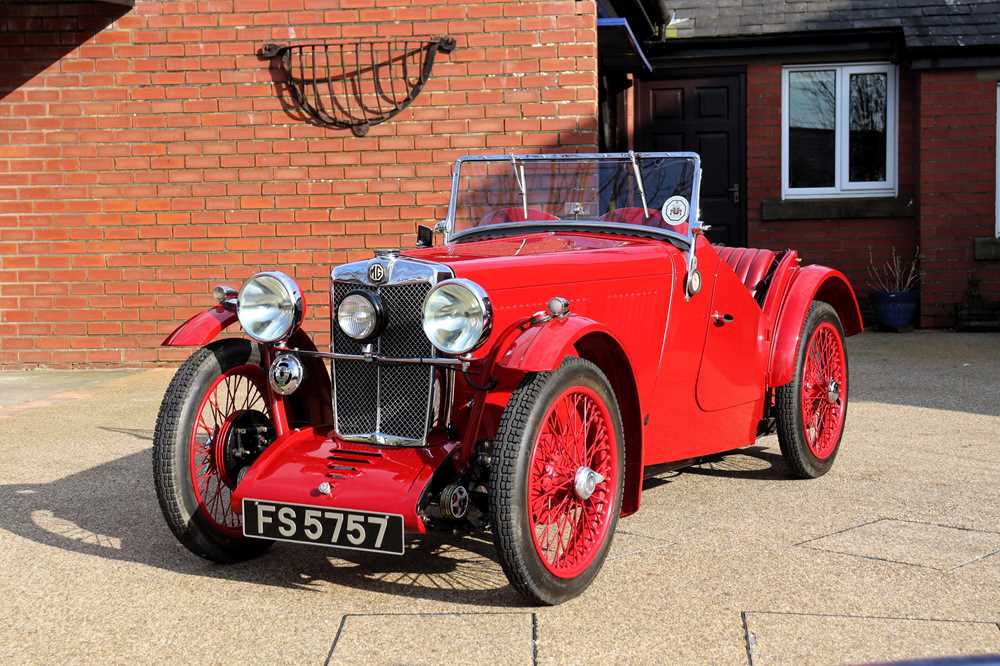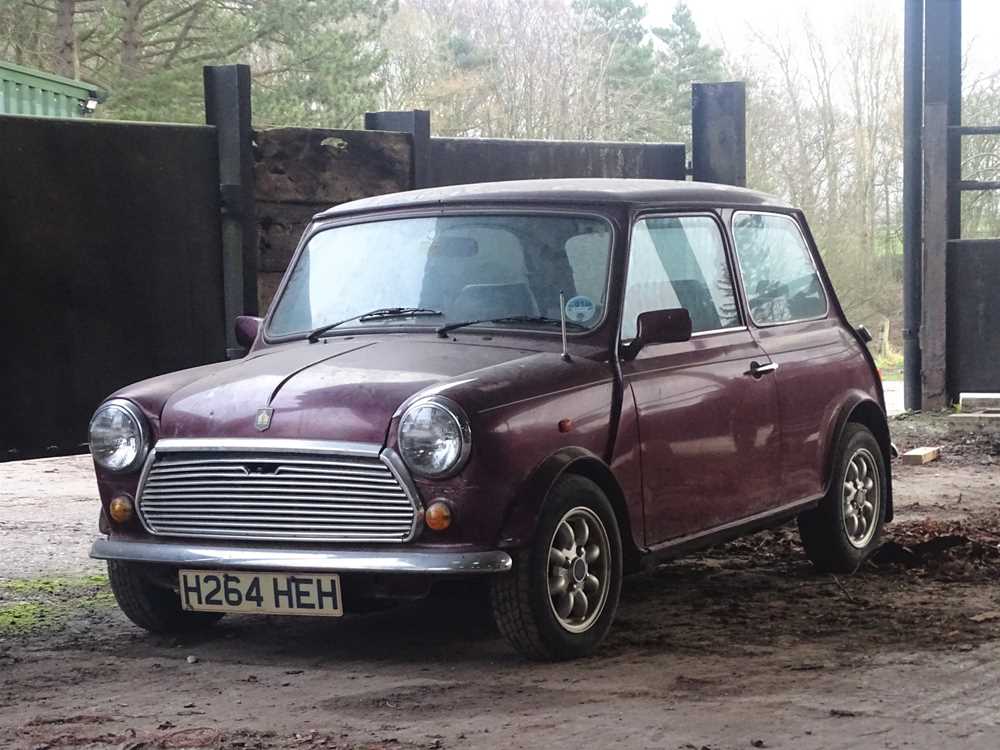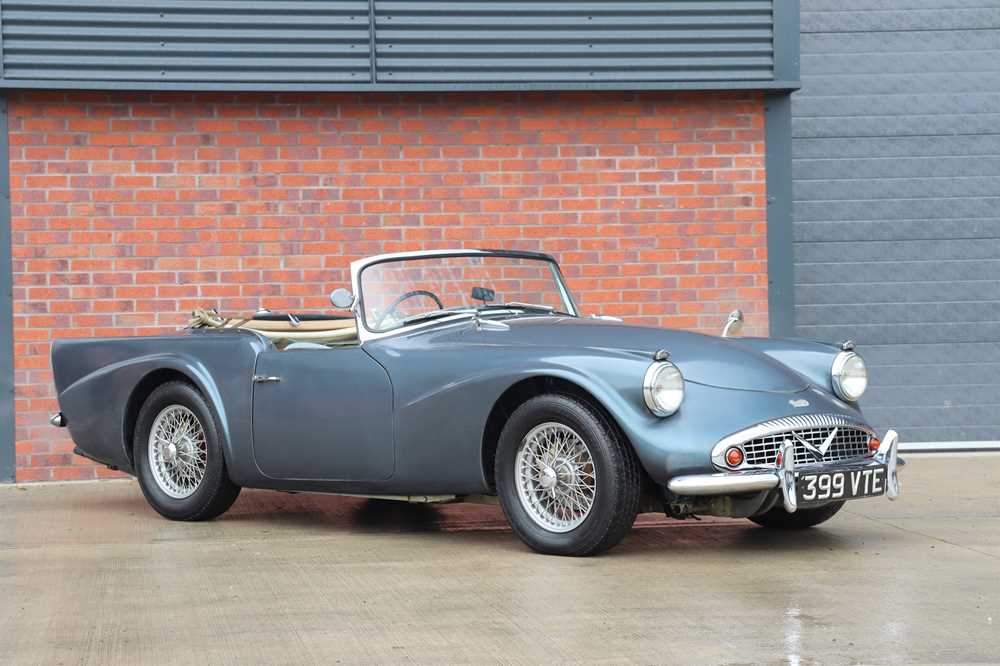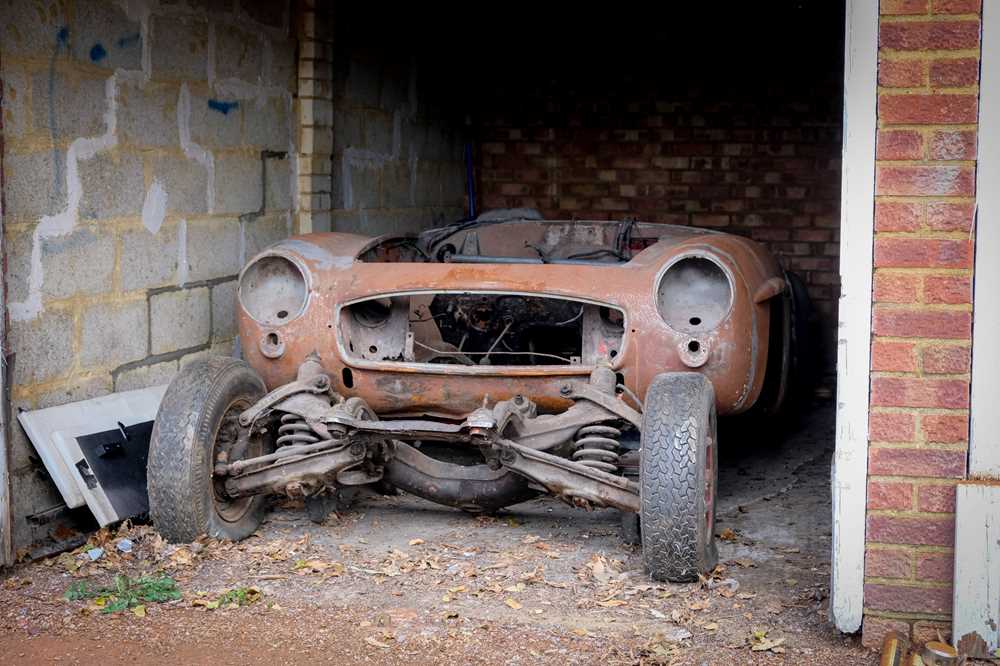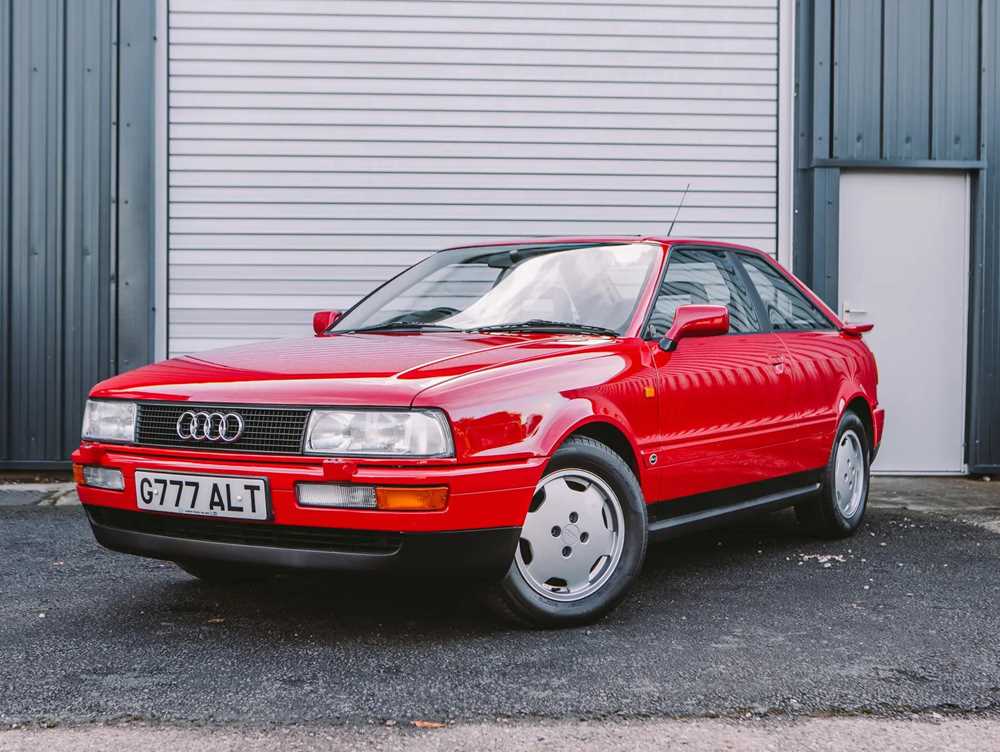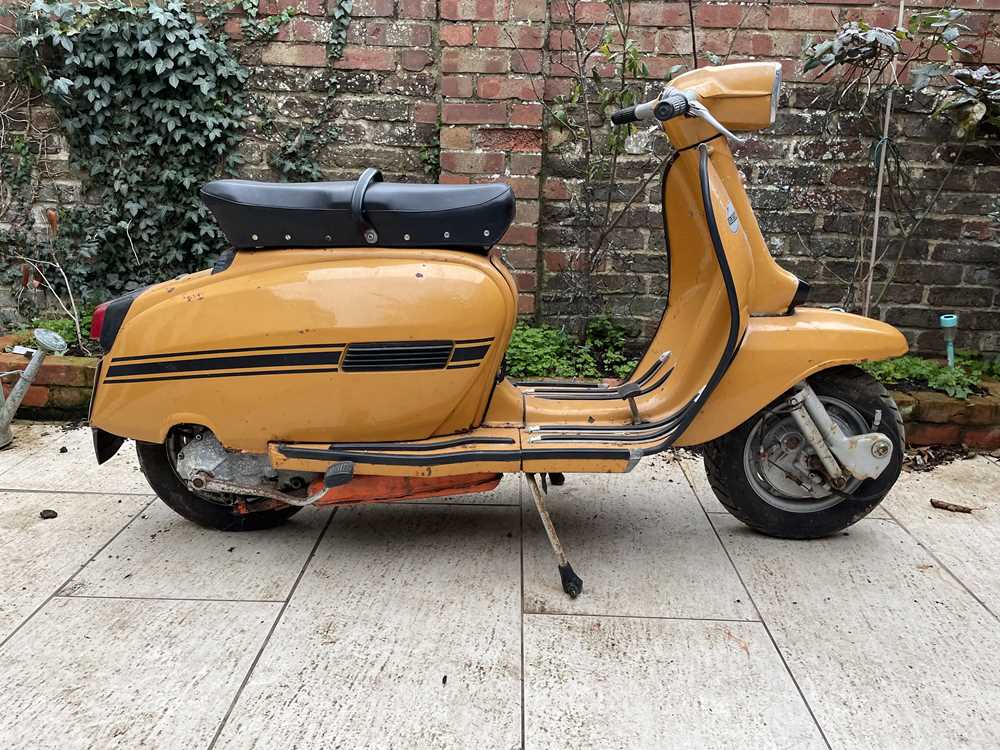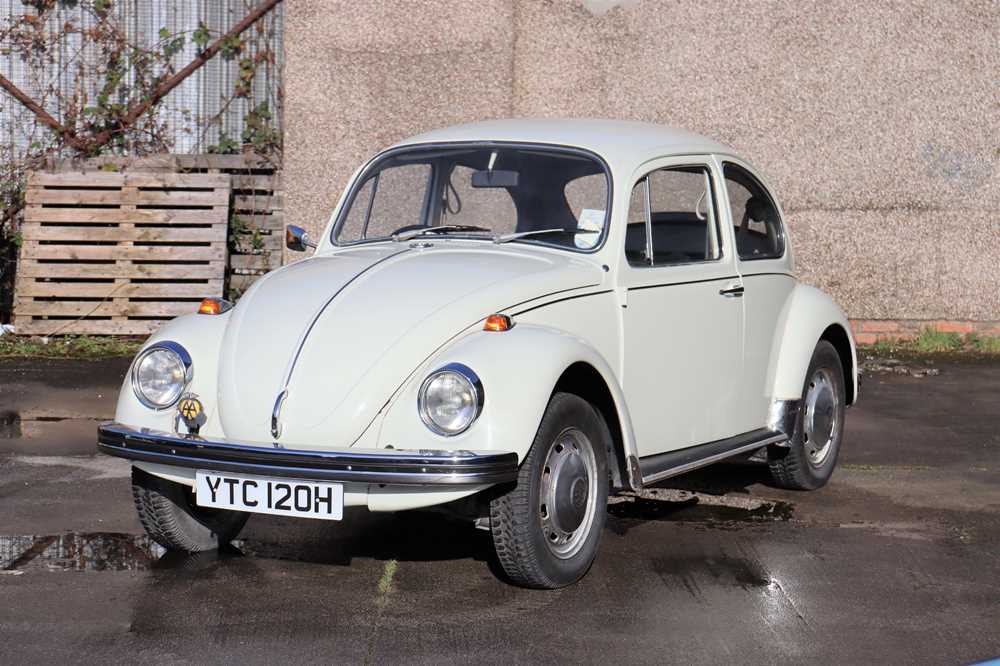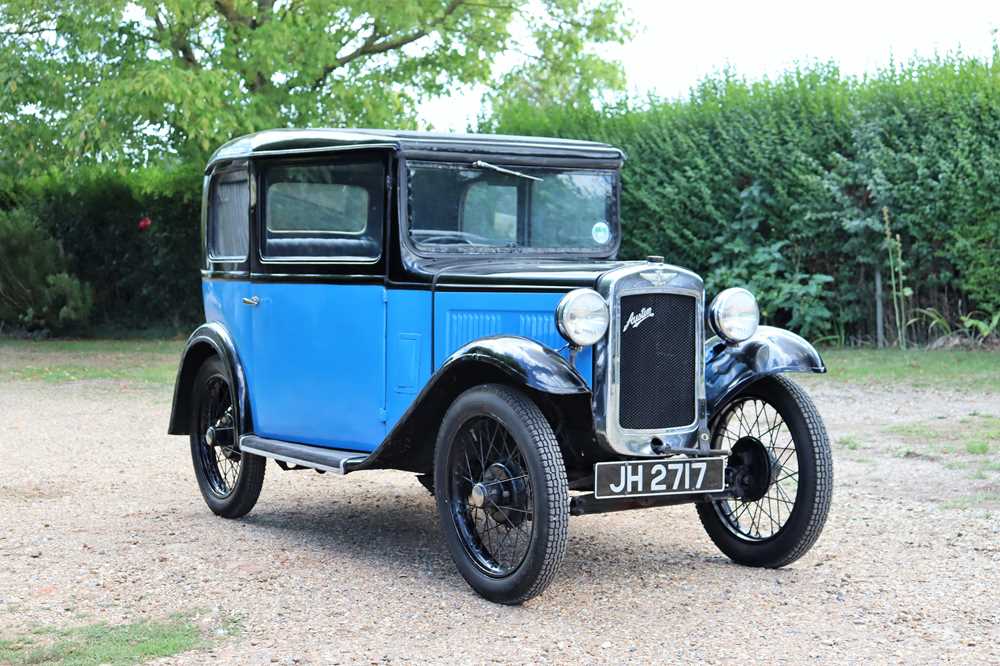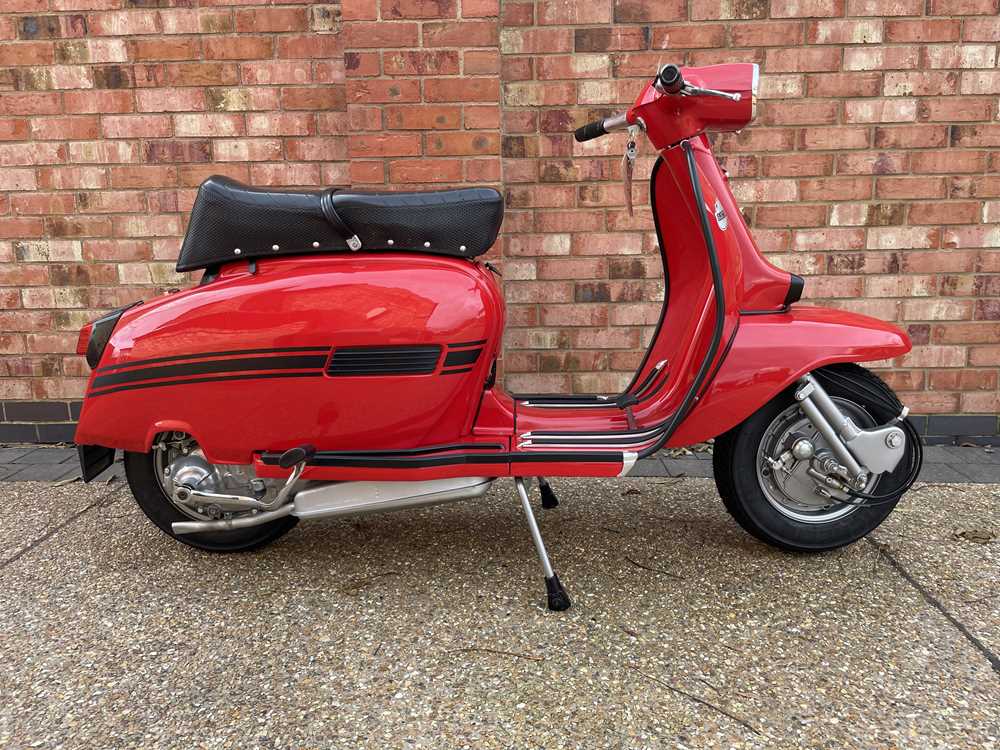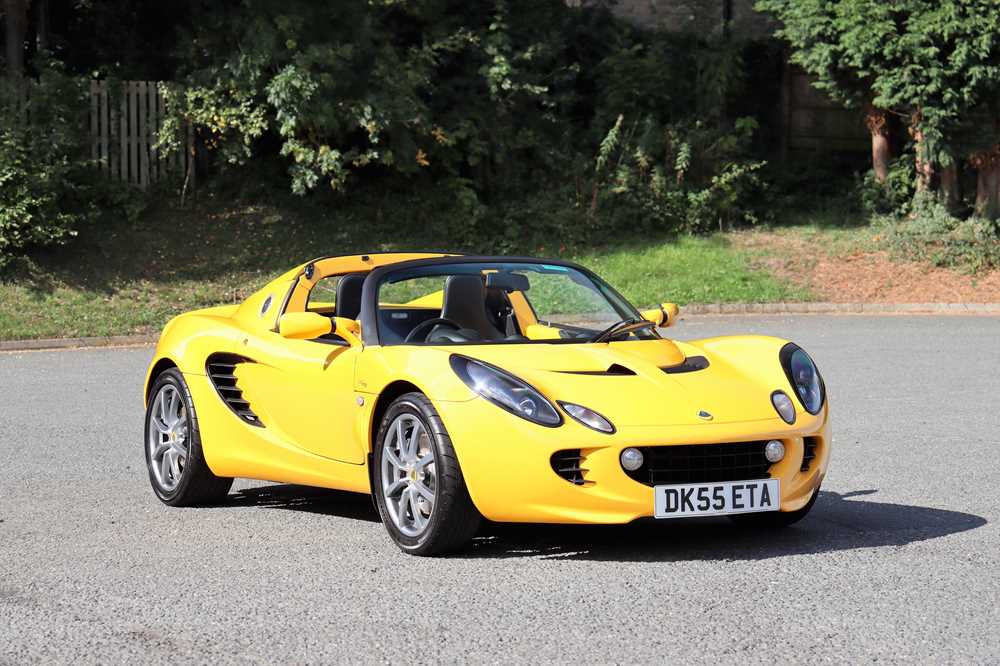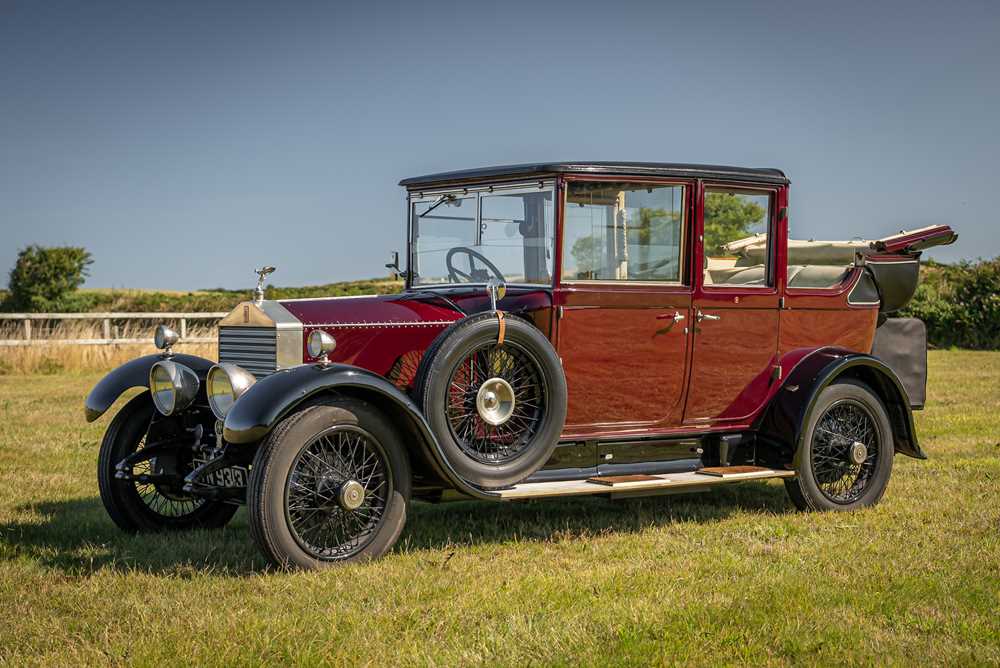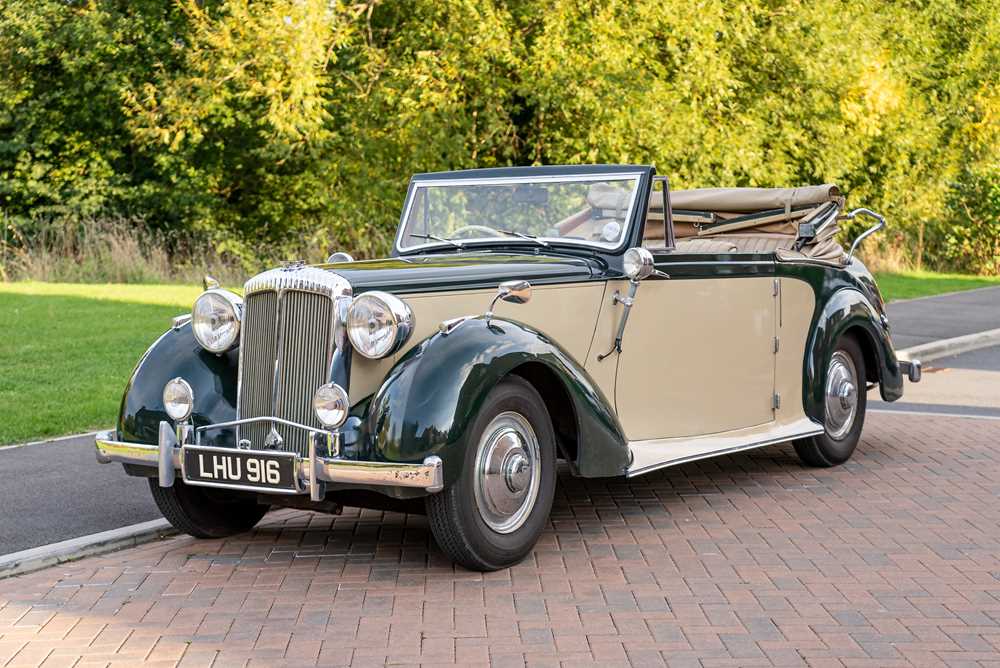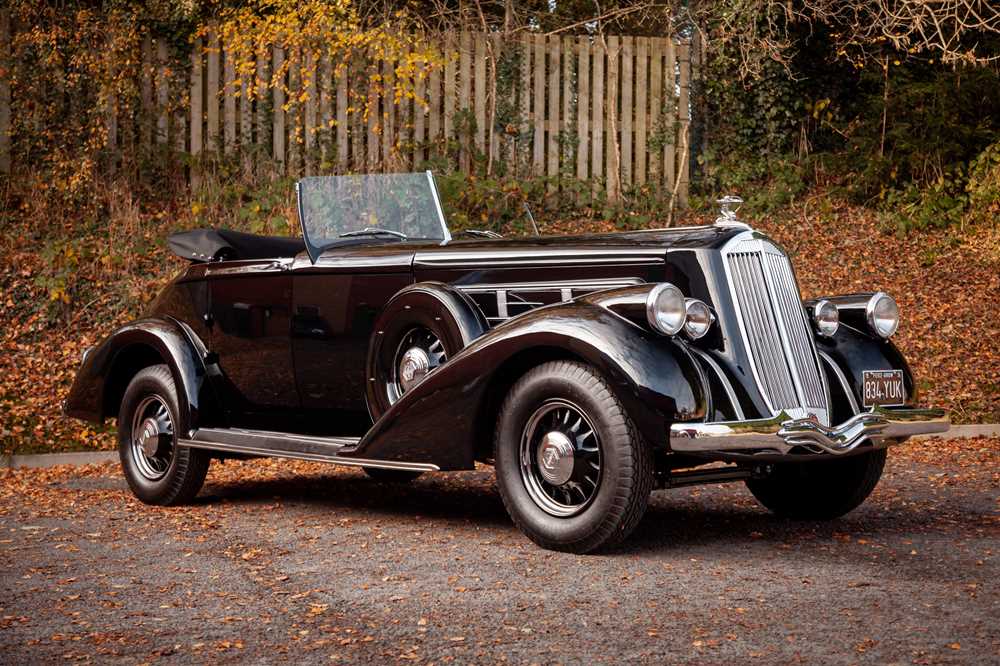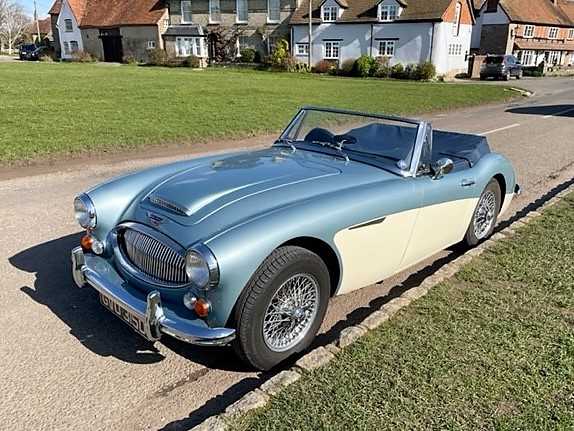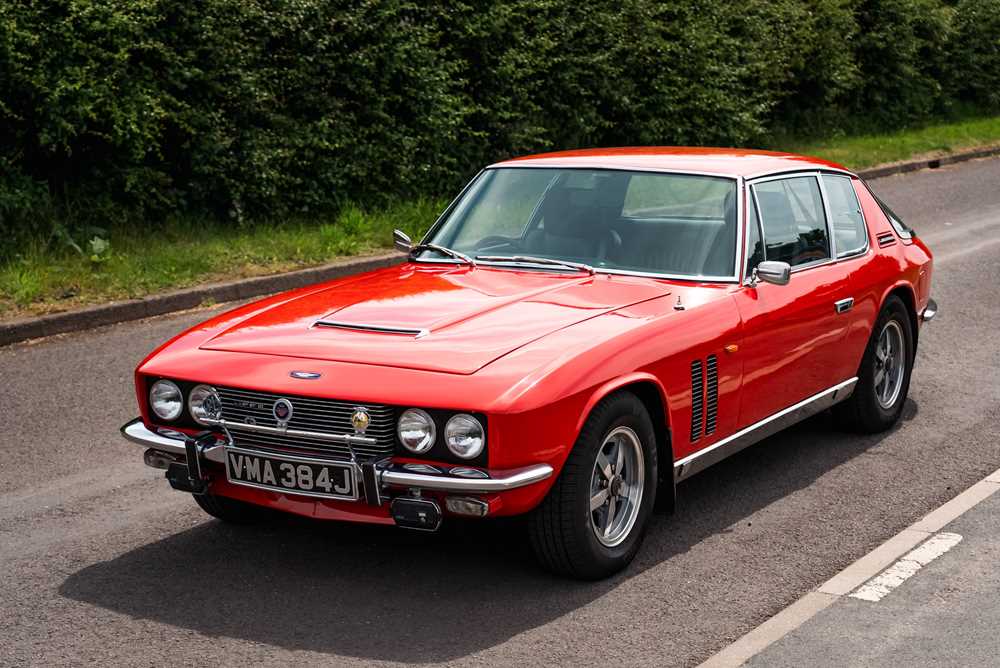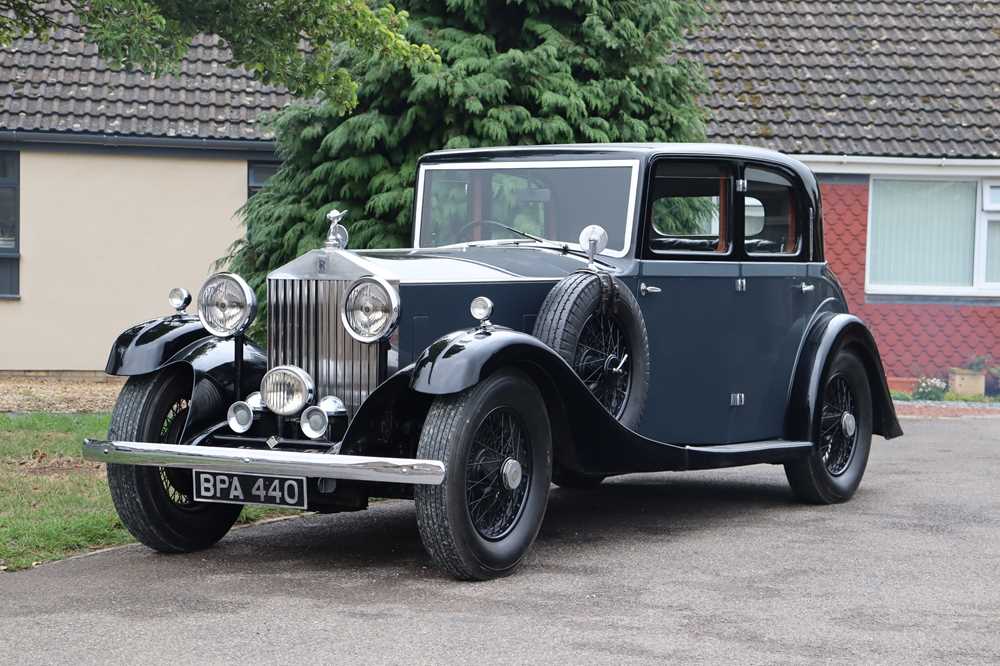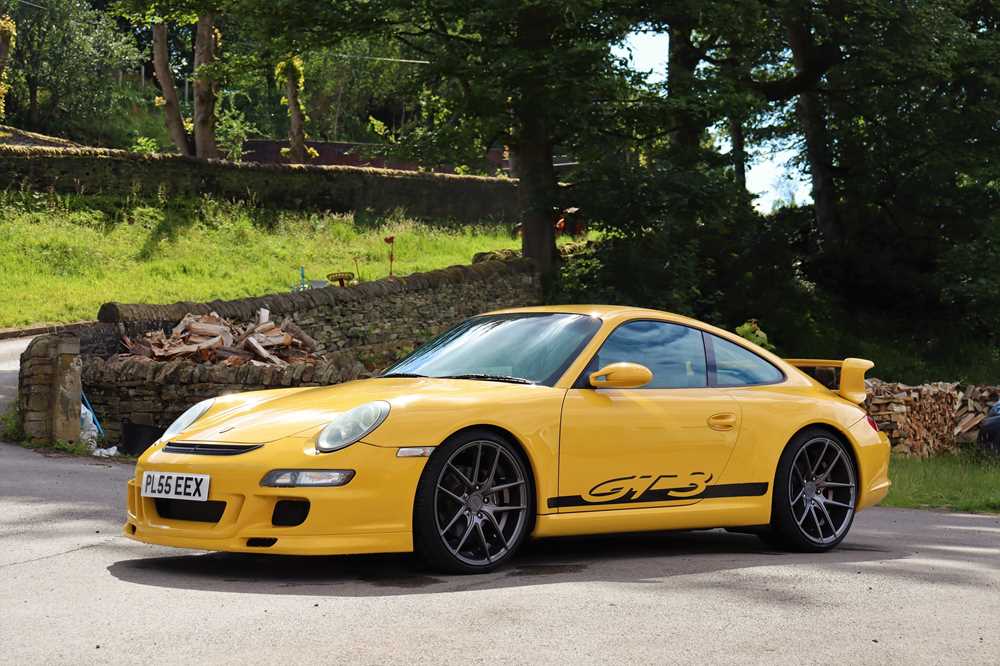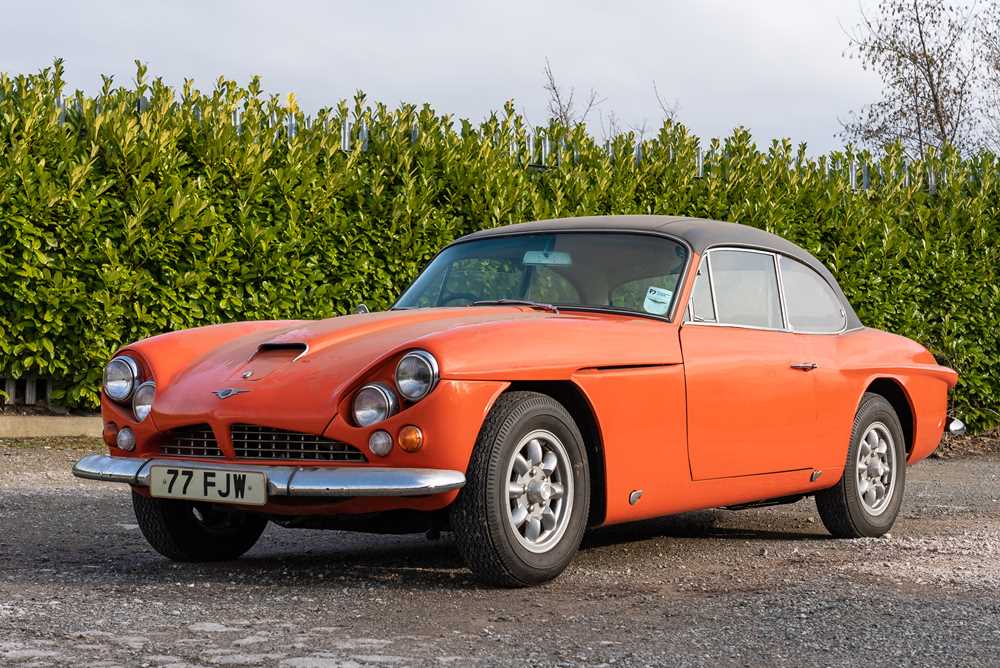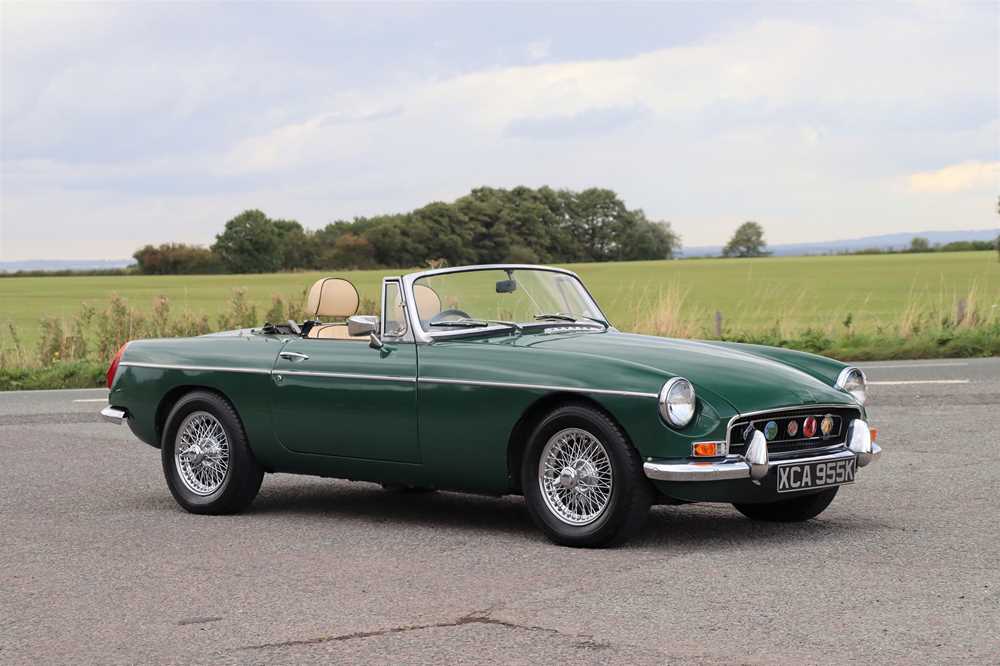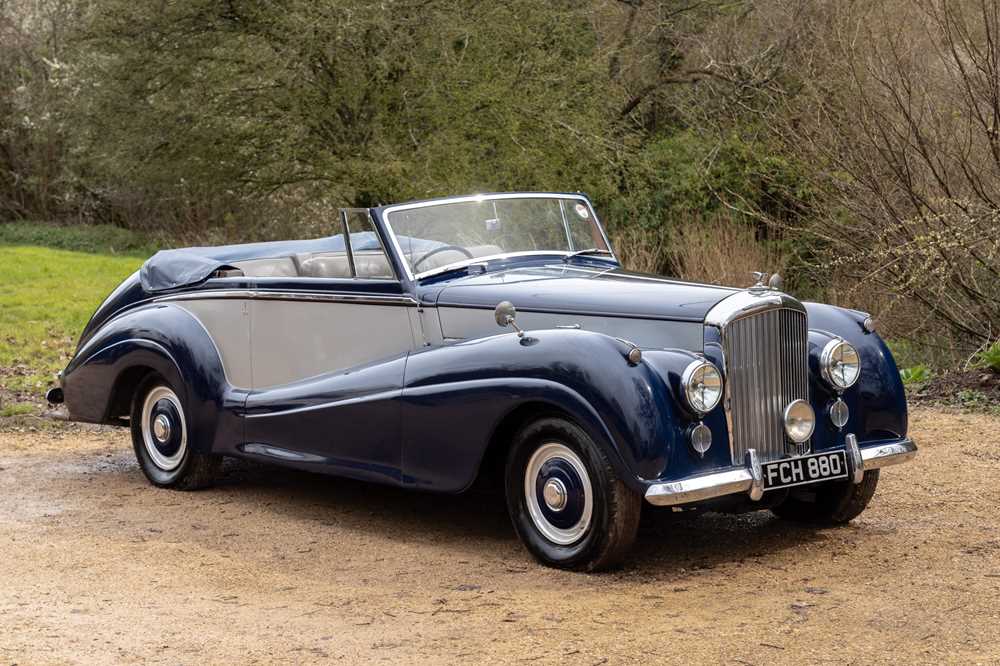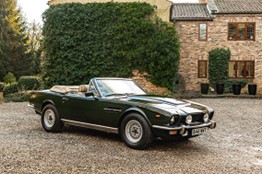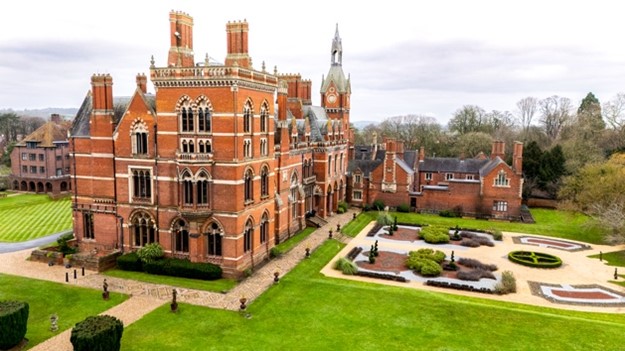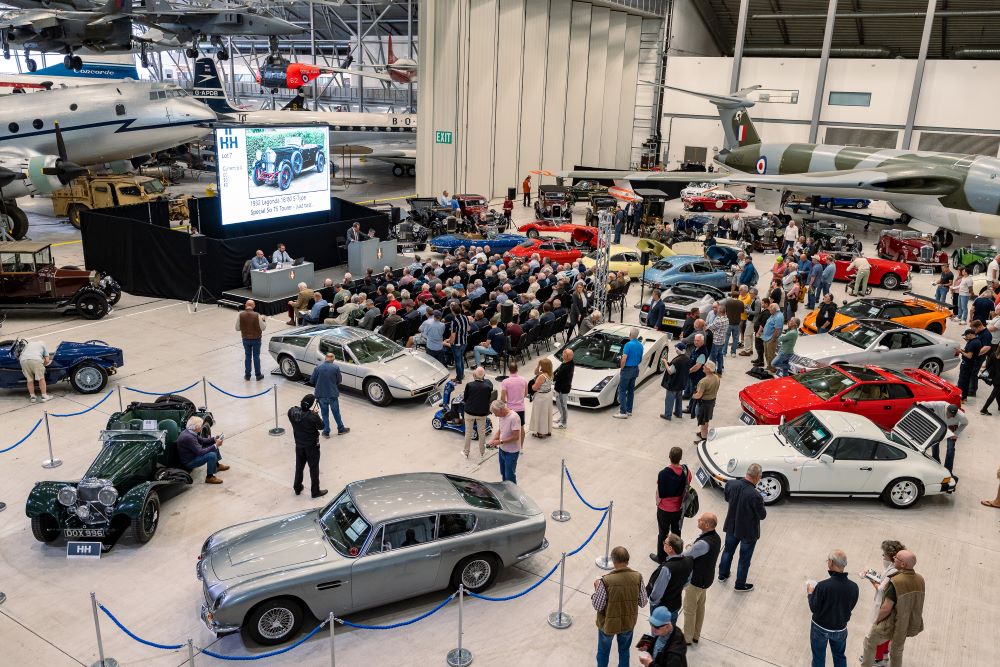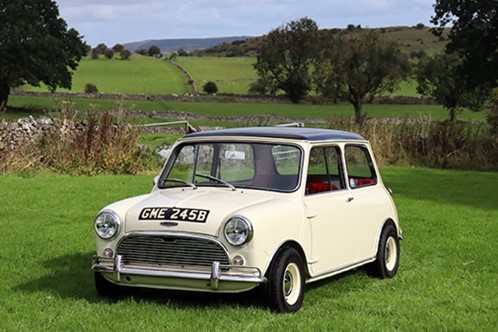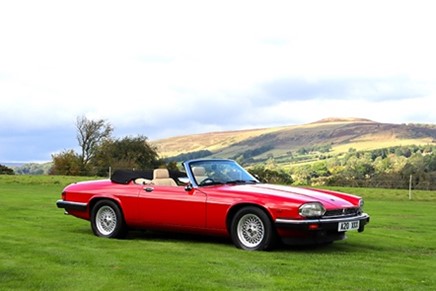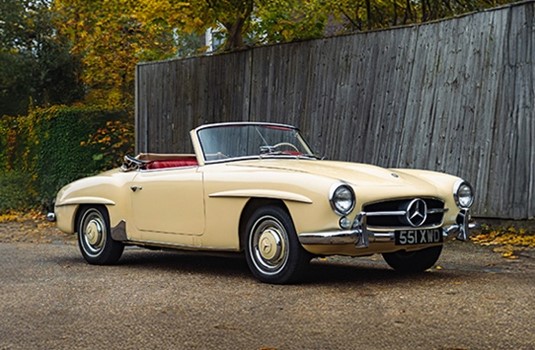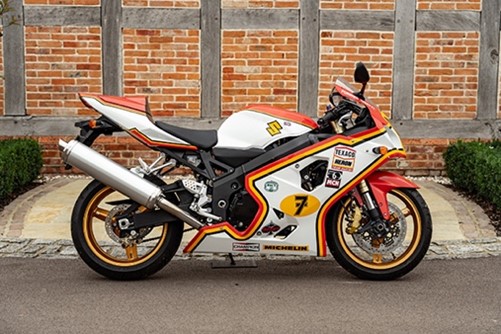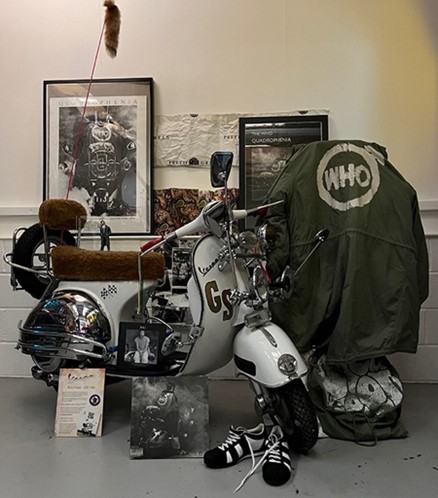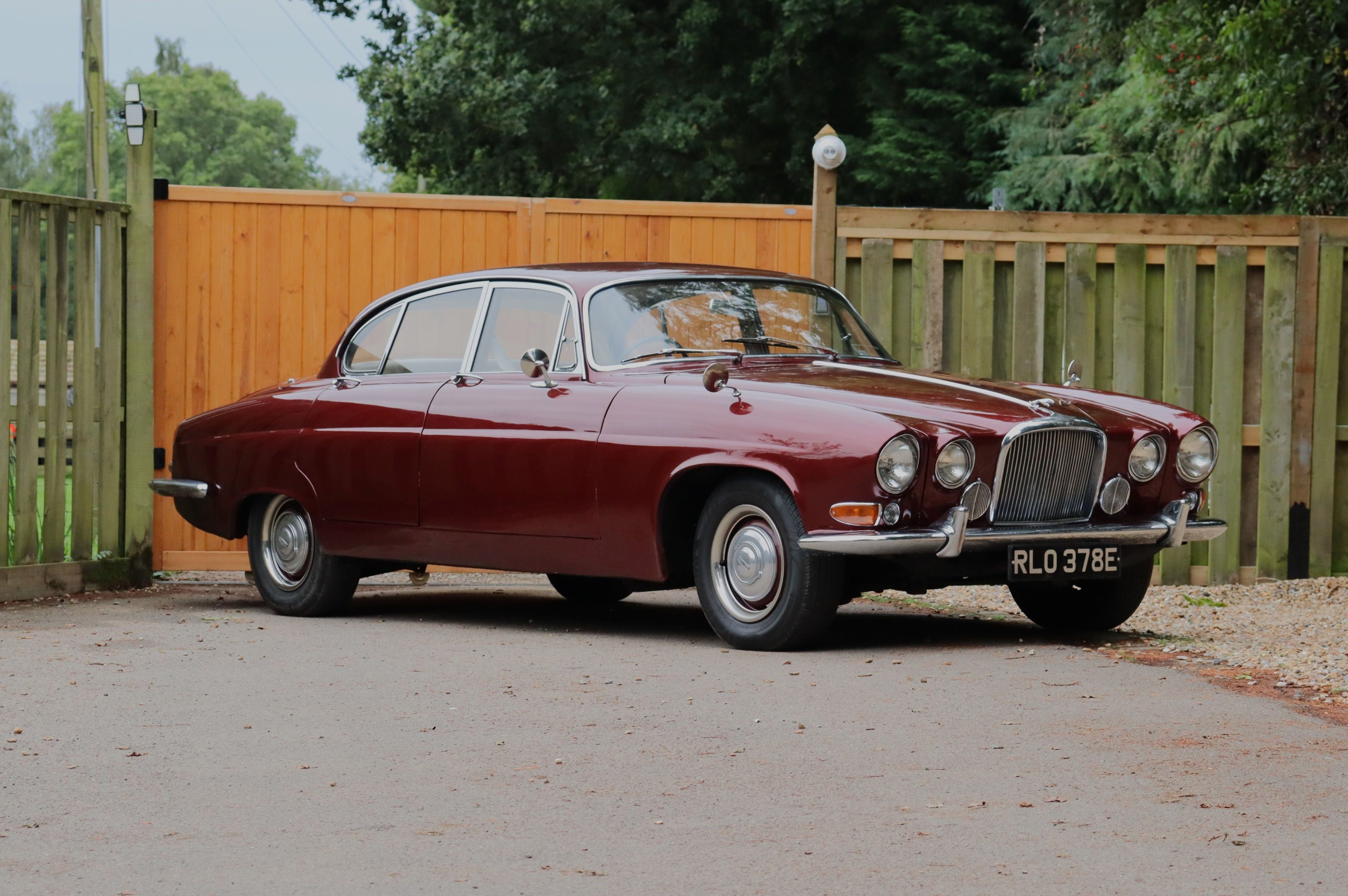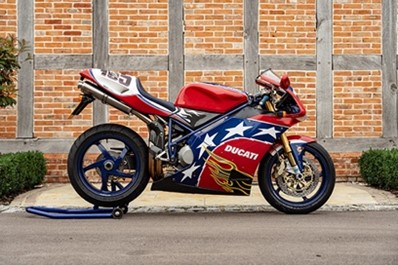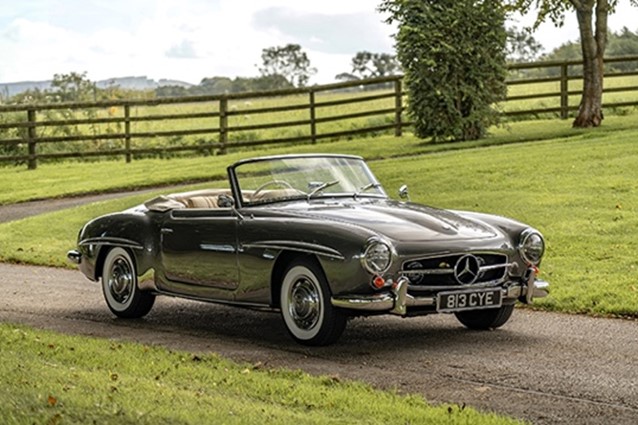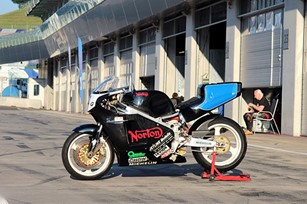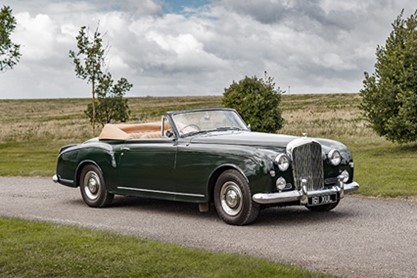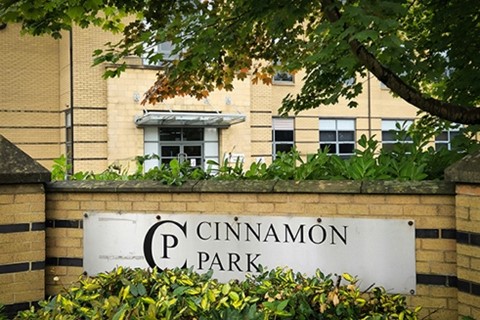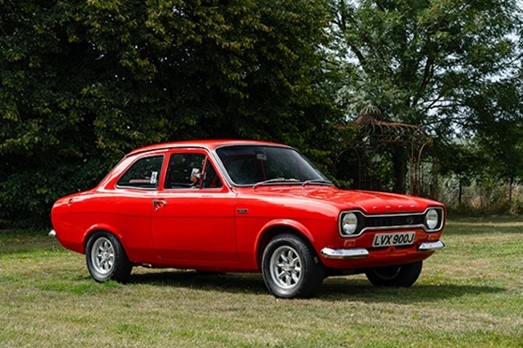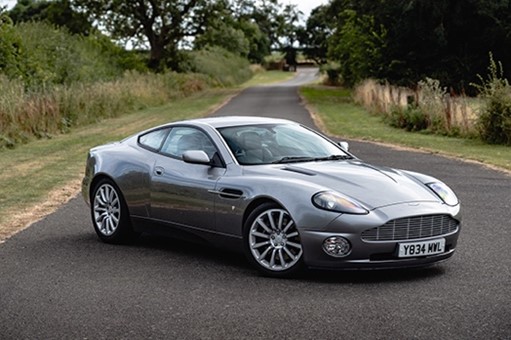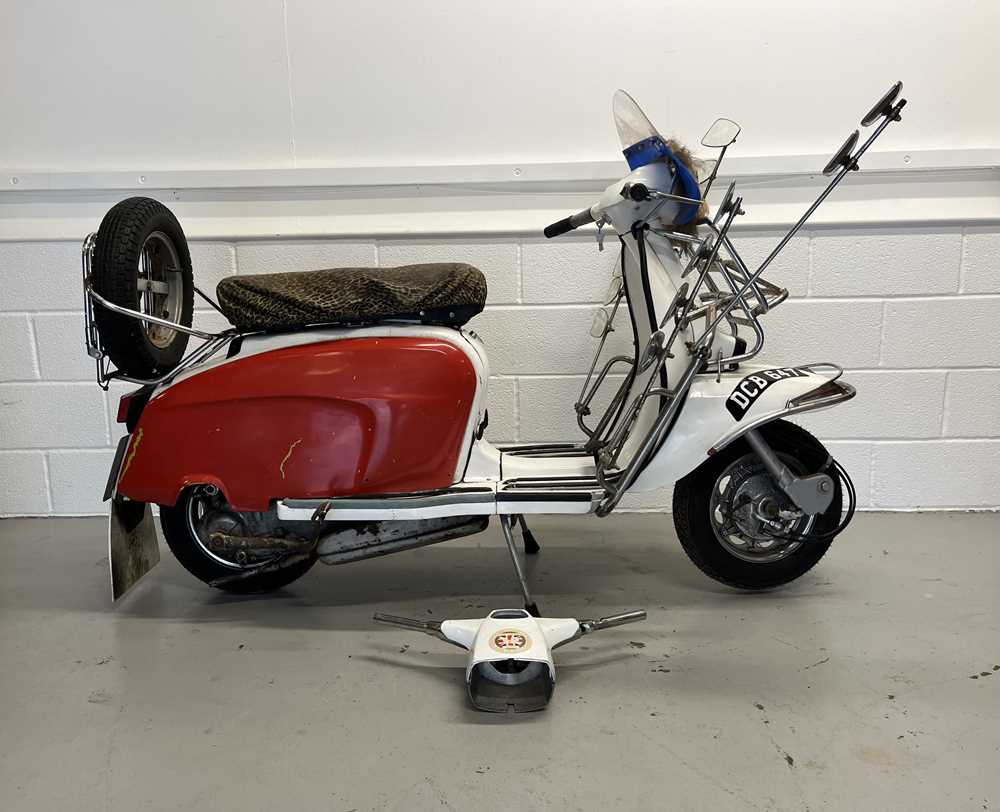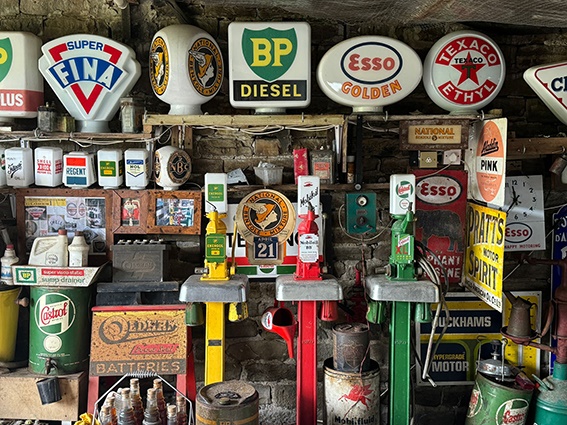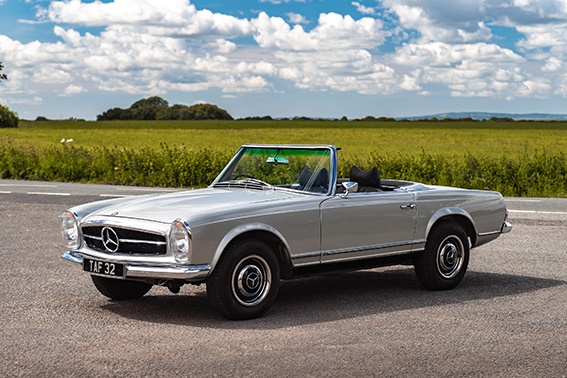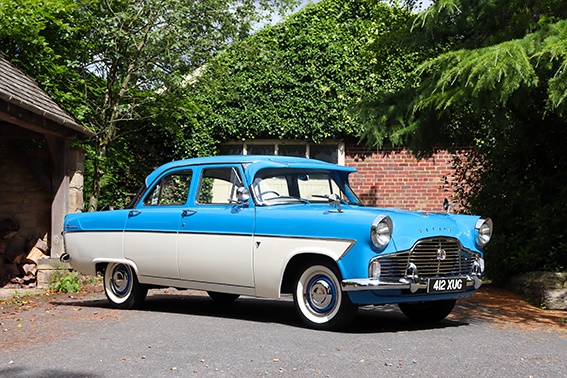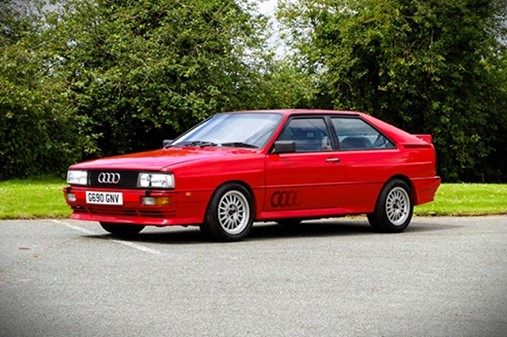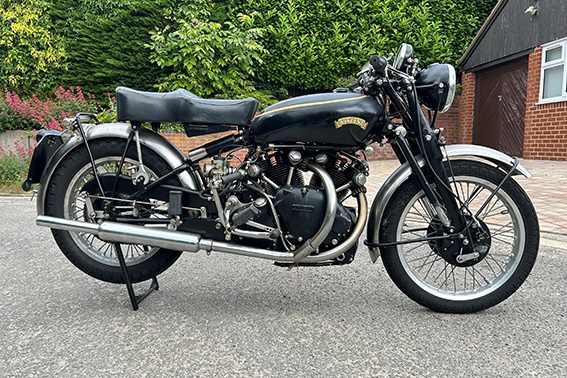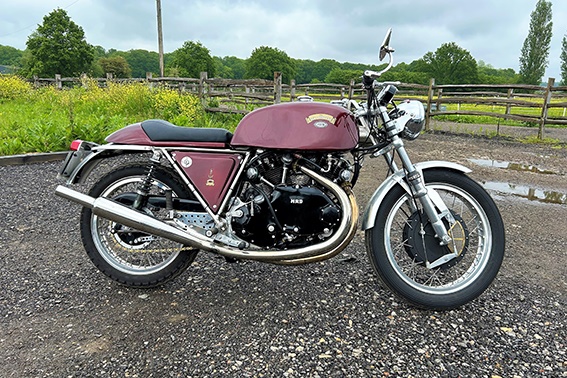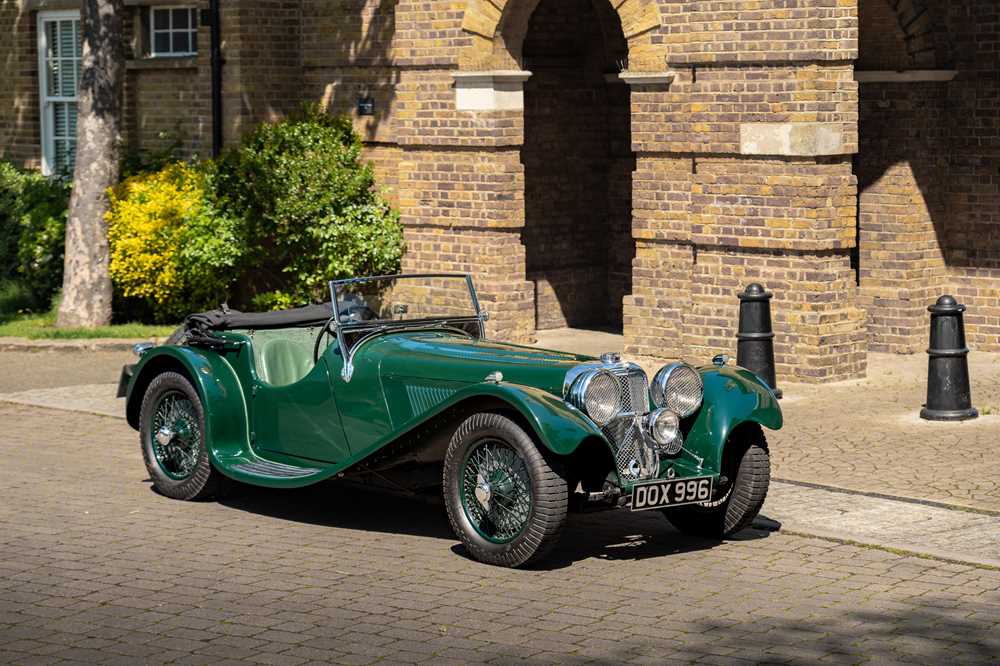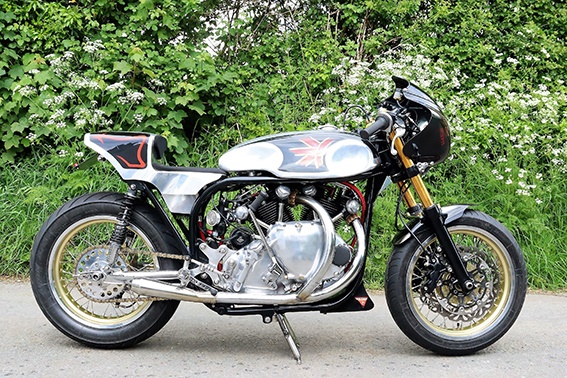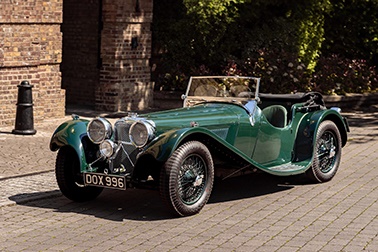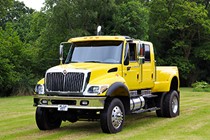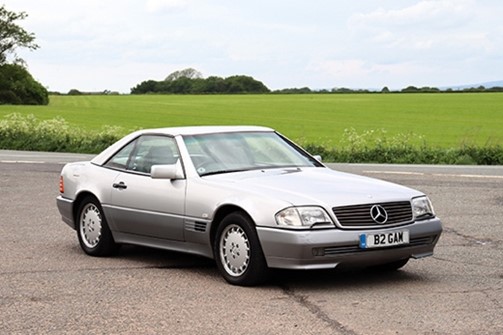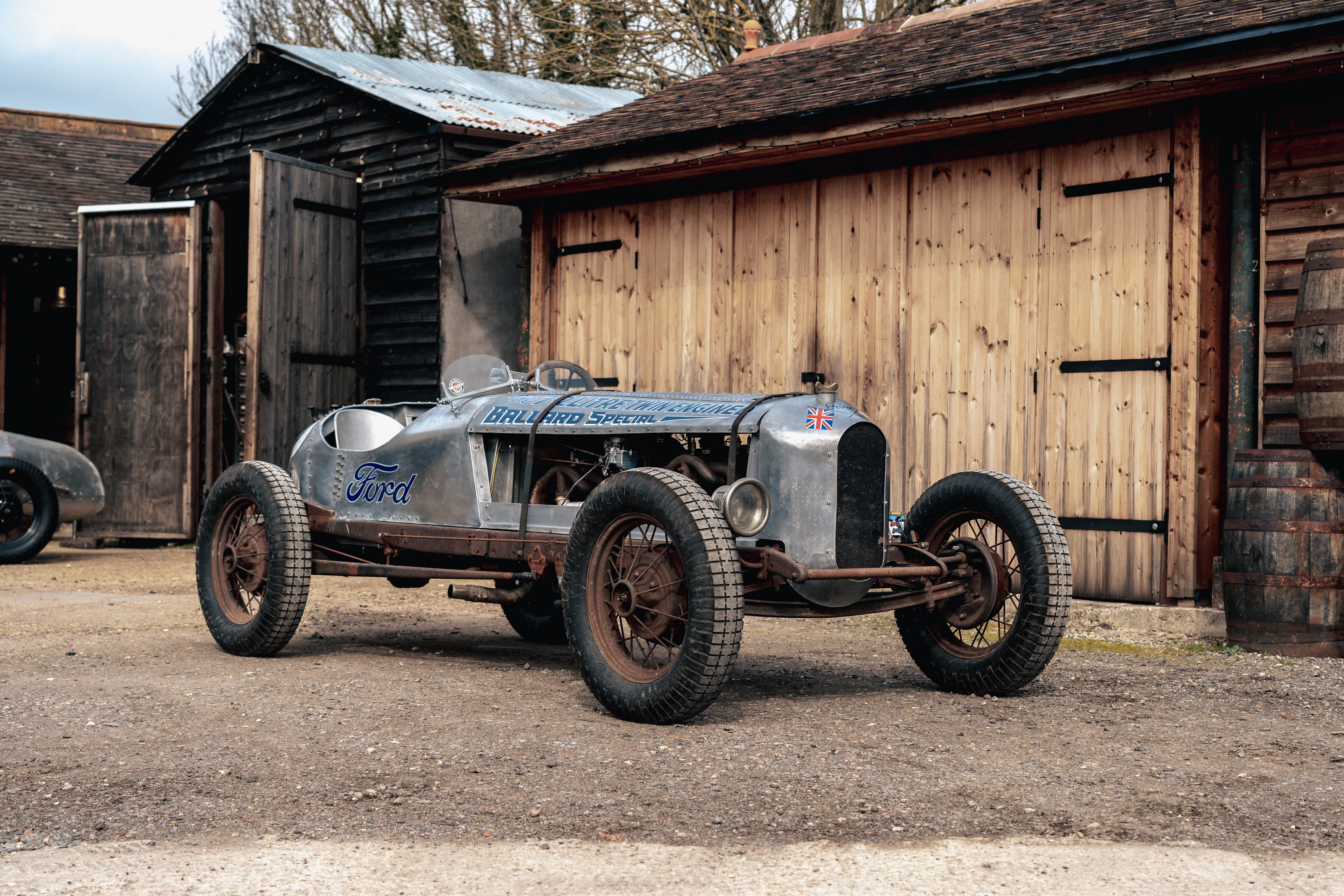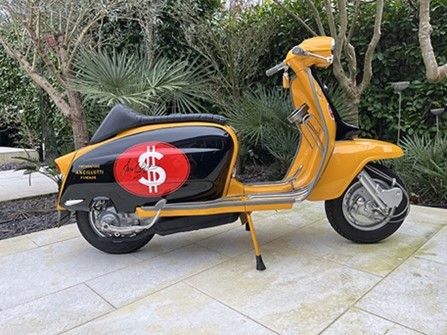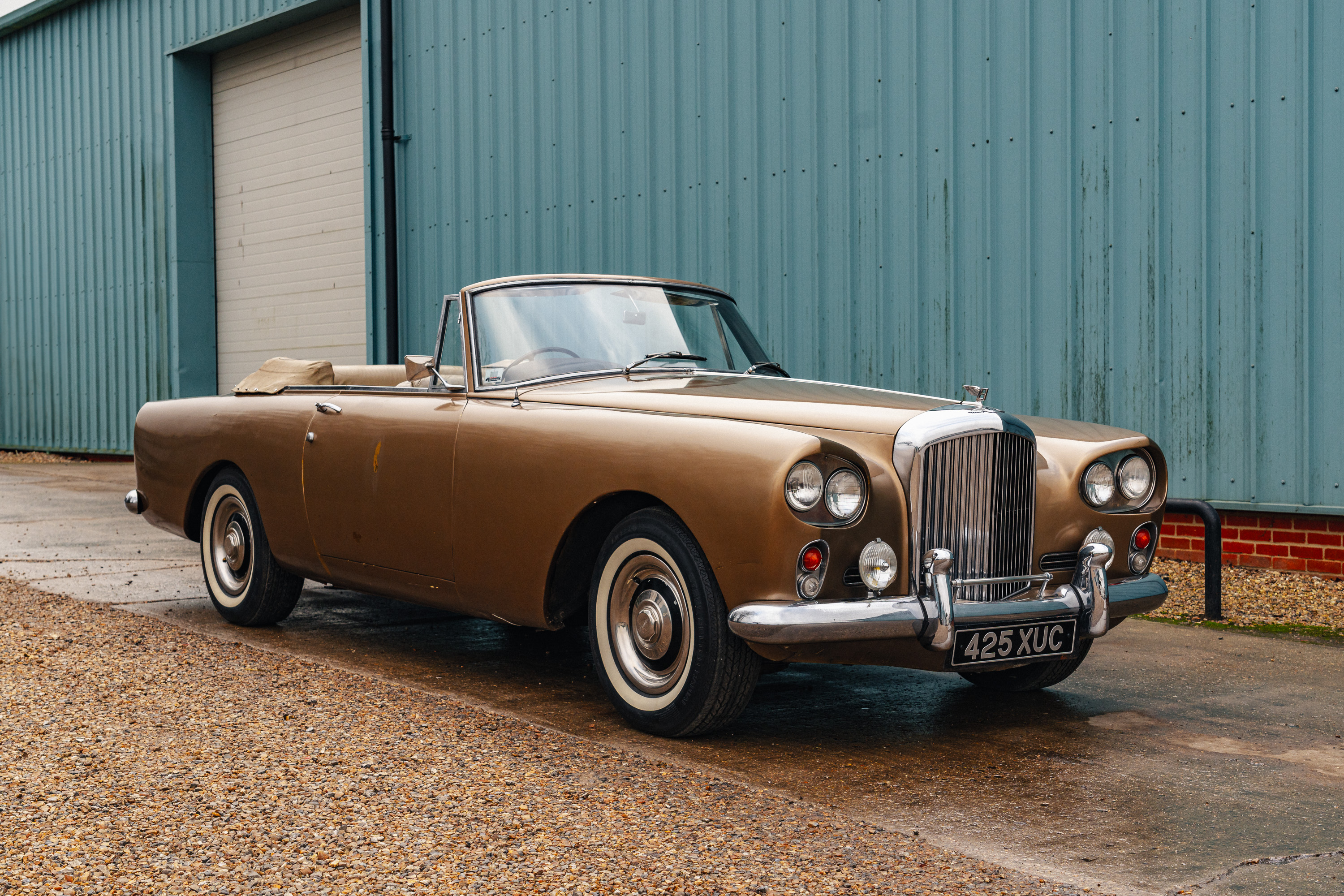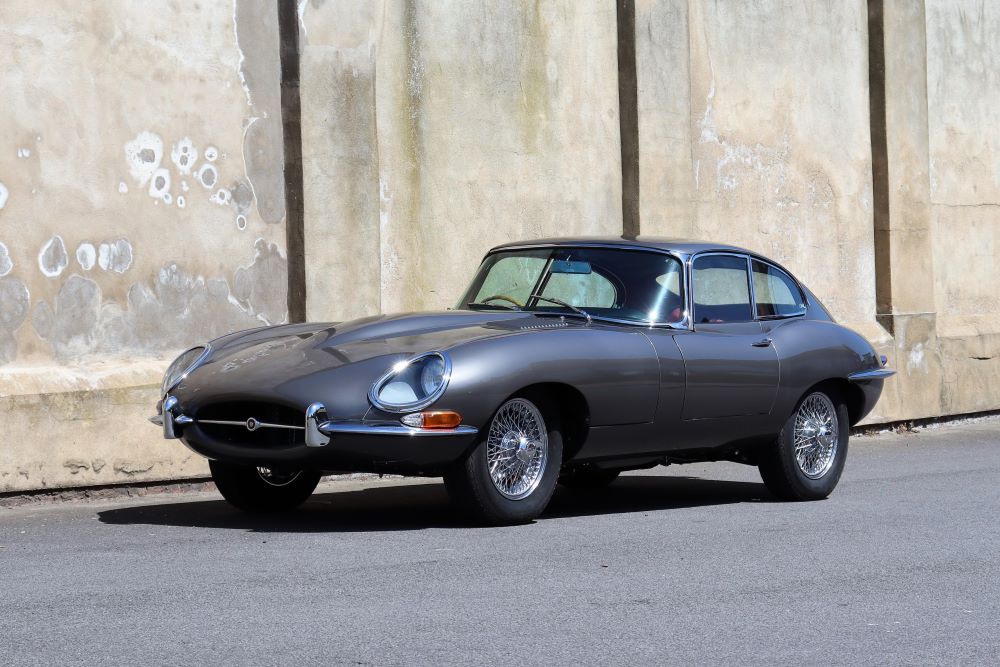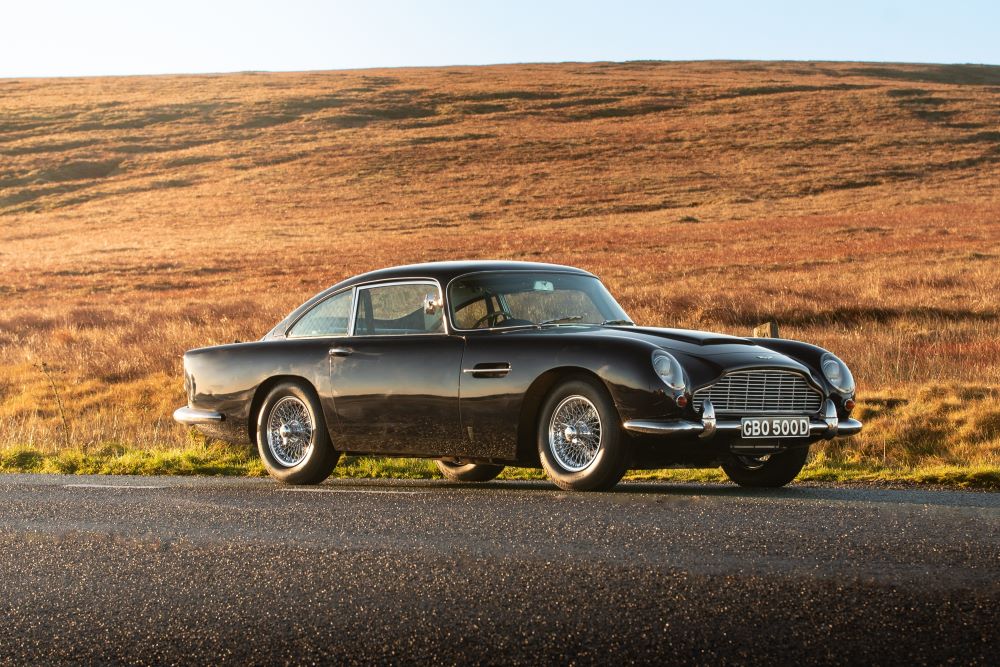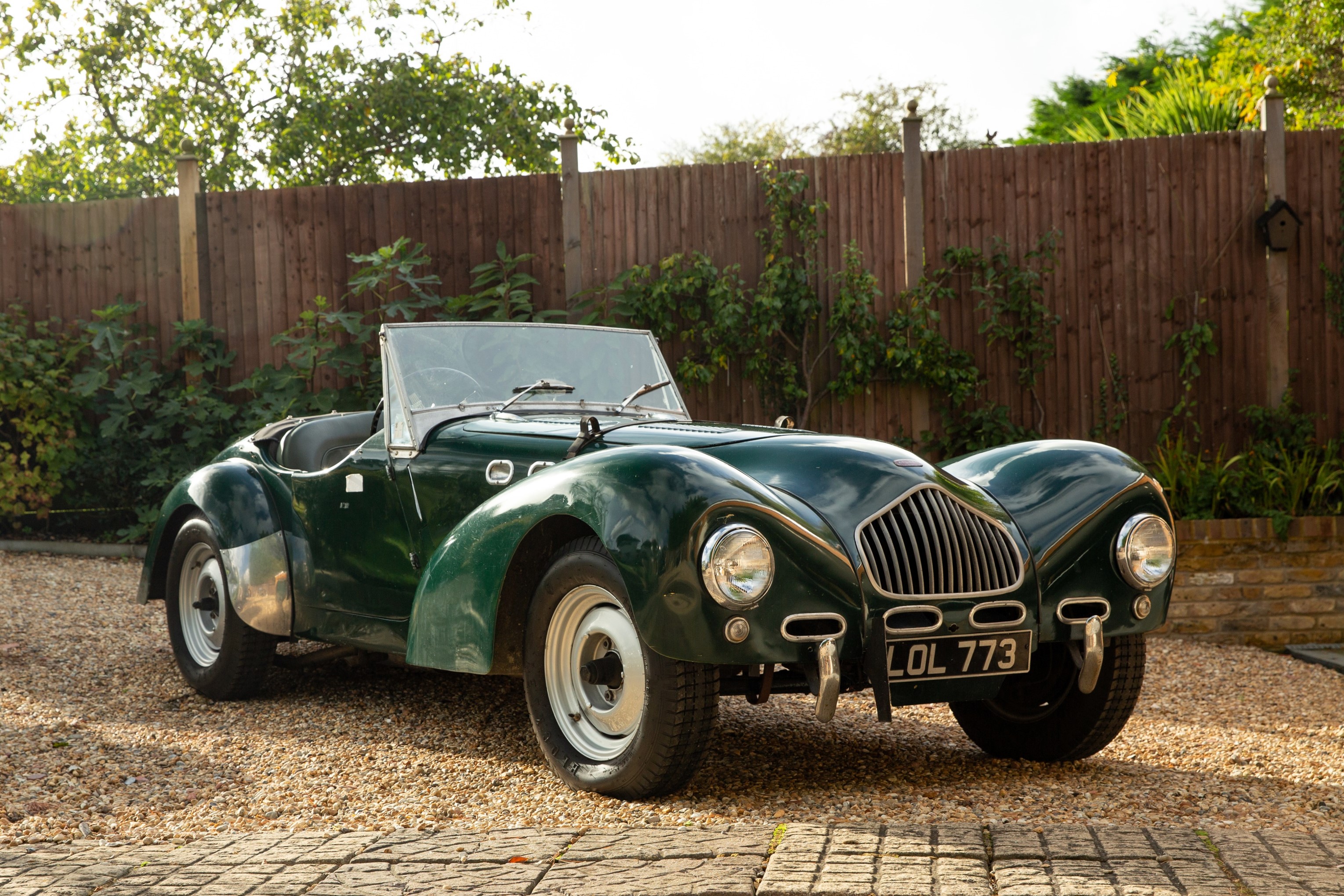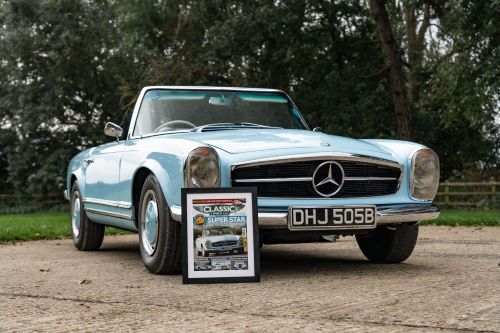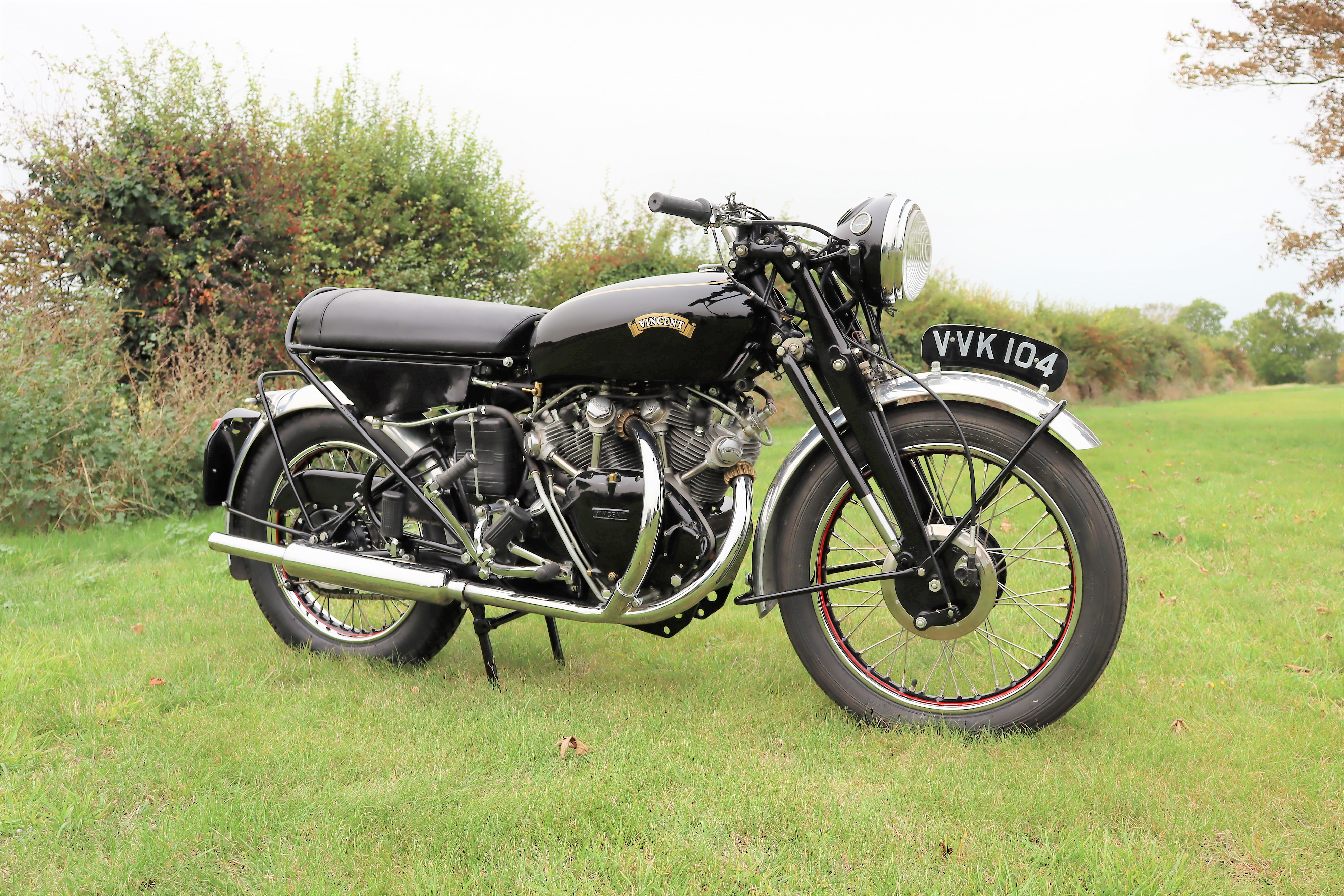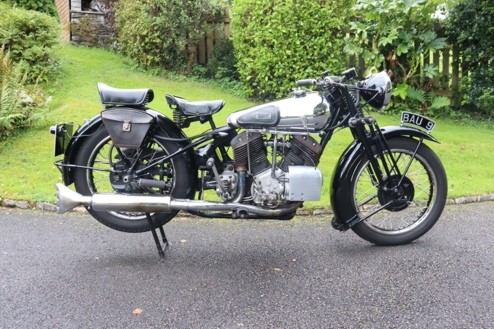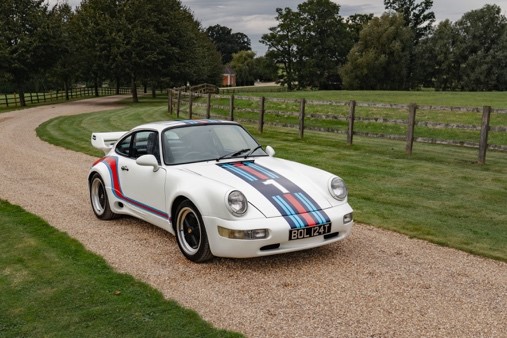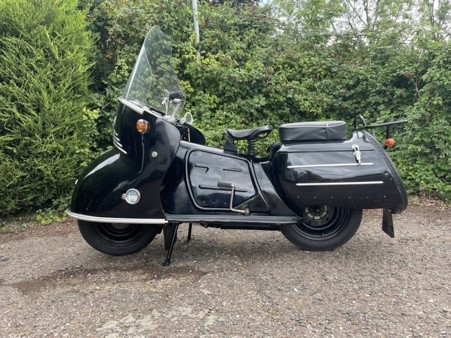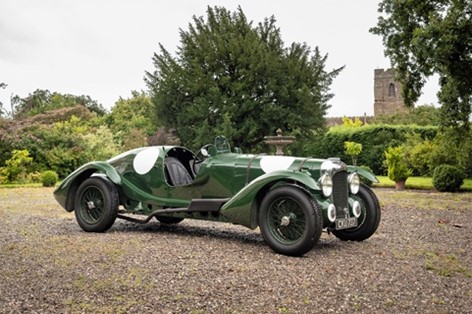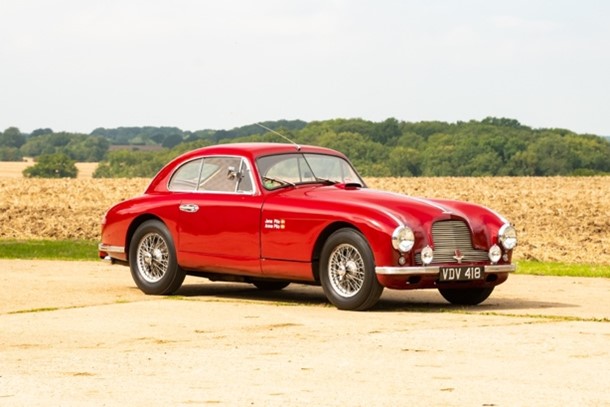Withdrawn
- Withdrawn
Registration No: DVR 607
Chassis No: TA 1619
MOT: Exempt
- Fully rebuilt to Q specification
- Fitted with an MG Q-type special handcrafted aluminium body
- Benefits from a complete XPAG engine rebuild by Peter Edney
- New Eaton M45 blower
Launched in 1936 as successor to the PB Midget, the TA Midget was an altogether larger and roomier car. Longer in the wheelbase at 94", the simple chassis followed established Midget practice with semi-elliptic springing all round, though the use of hydraulic dampers at the front and the adoption of Lockheed hydraulic brakes were new departures. Although styled in a manner MG enthusiasts had come to expect, the new two-seater broke with tradition by employing an overhead valve engine instead of the previous overhead-camshaft type.
This exciting and stunning TA is fitted with a bespoke MG Q-type special handcrafted aluminium body featuring Q-type period details like the twin “quick-fill” fuel fillers. The bodies pointed tail is hinged and also removable and houses the battery also allowing for access to the fuel tank, Facet fuel pump and additional in-line fuel filter, this space can also be used for holdall type luggage. The bonnet is doubled hinged allowing for easy access into the engine bay and held firmly in place by leather strapping and bonnet sprung clips. All mounted on a TA chassis which was discovered in Wales. The chassis is immaculate, it was completely refurbished as were the original axles. The car is painted in ‘BRG’ – British Racing Green with Black leather bucket seats and fitted with a distinctive period ‘Bluemels’ steering wheel. The cockpit is well equipped with the gauges that were standard to the Q-type Midget of 1934 with two exceptions, a fully suppressed Jaeger electronic rev counter and an 8 day-24-hour mechanical clock from a Hurricane. The electrical system operates on 12 volts. The car, as well as having an ignition switch, has a period ‘aircraft’ push button start arrangement, and as required for racing, a battery isolator/cut-off switch is mounted on the dashboard. Aero screens are fitted to both the driver and passenger positions.
This fully balanced engine is the superior XPAG from the successor TB/TC models. ‘TA1619’ benefits from a complete XPAG engine rebuild by Peter Edney, which included sleeving and boring the pressure-cleaned block to 1,307cc. Fitting of a fast road camshaft with hardened followers, and supercharging the engine with a new Eaton M45 blower, which operates between 4-9psi boost with a single 1 ½” SU carburettor, delivers 91 lb ft torque at 3,400rpm. The car is fitted with an extractor exhaust manifold and connects with a Brooklands regulation side exhaust system, all manufactured in stainless steel. Other noteworthy features include a big-valve cylinder head (unleaded compatible), and spin-on oil filter conversion. The cooling system is aided by an electric fan. A Hi-Gear conversion kit was purchased to accommodate the 5-speed conversion with a Ford Type 9 fully refurbished gearbox and the differential with a 5.125/1 ratio has been comprehensively overhauled. With this package, speeds in excess of 80 MPH are easily achieved. This car is lively, it has an abundance of torque and can easily compete in Track or Hill race events, or just enjoy the thrill of the open roads. The wheels on the car are all new MWS centre laced type WW5772, 48 spoke wheels and fitted with Blockley 4.75/5.00 -19 tyres. The brakes are hydraulic and fitted with new components from C&C Netherlands, the drums are Alfin shrouded for additional cooling. The axles are leaf spring mounted to the chassis with new Andre Hartford friction shock absorbers on the front and the superior Armstrong hydraulic dampers on the rear.
The car comes with full weather gear in the form of a heavy-duty zipped, split tonneau in Black mohair. Offered with sundry invoices, original ‘Buff’ logbook and Dynacom rolling road test results. No expense has been spared in making this a very exciting car to drive with authentic period Q lines.
For more information, please contact:
Julian Pinkster
julian.pinkster@handh.co.uk
07889 223904
Other lots in this sale
